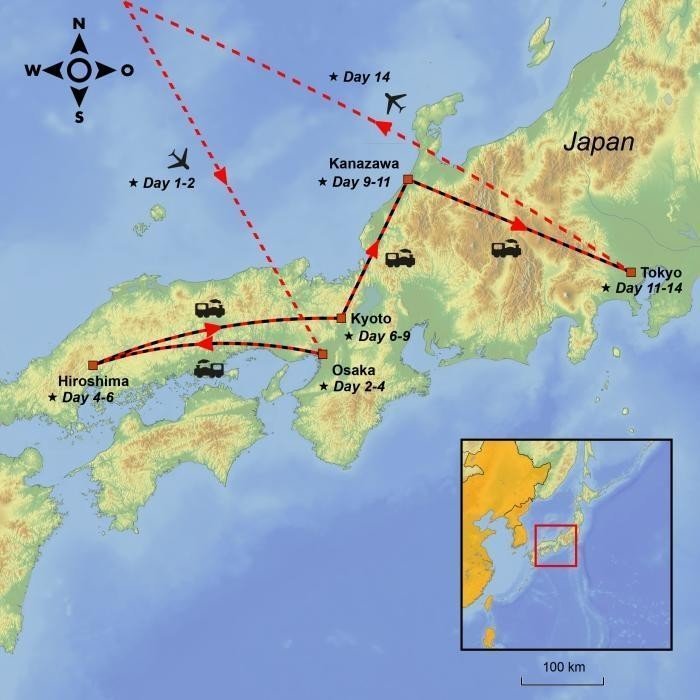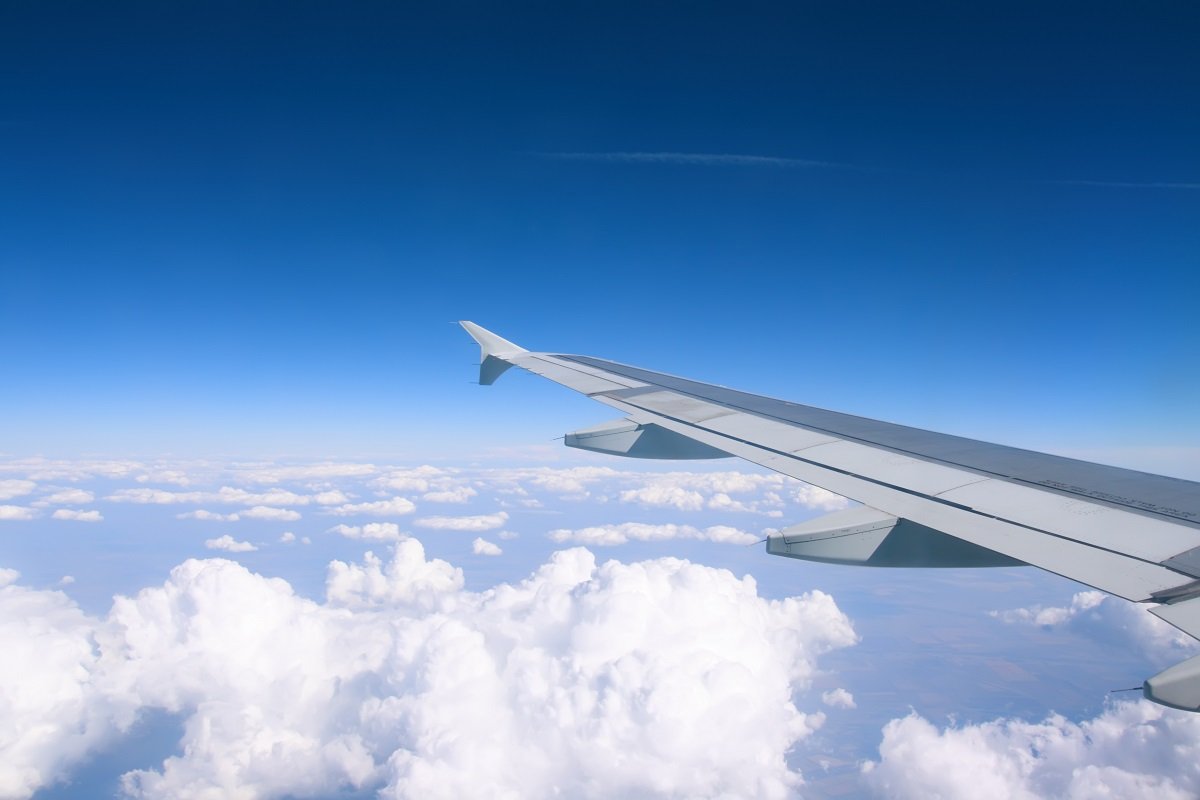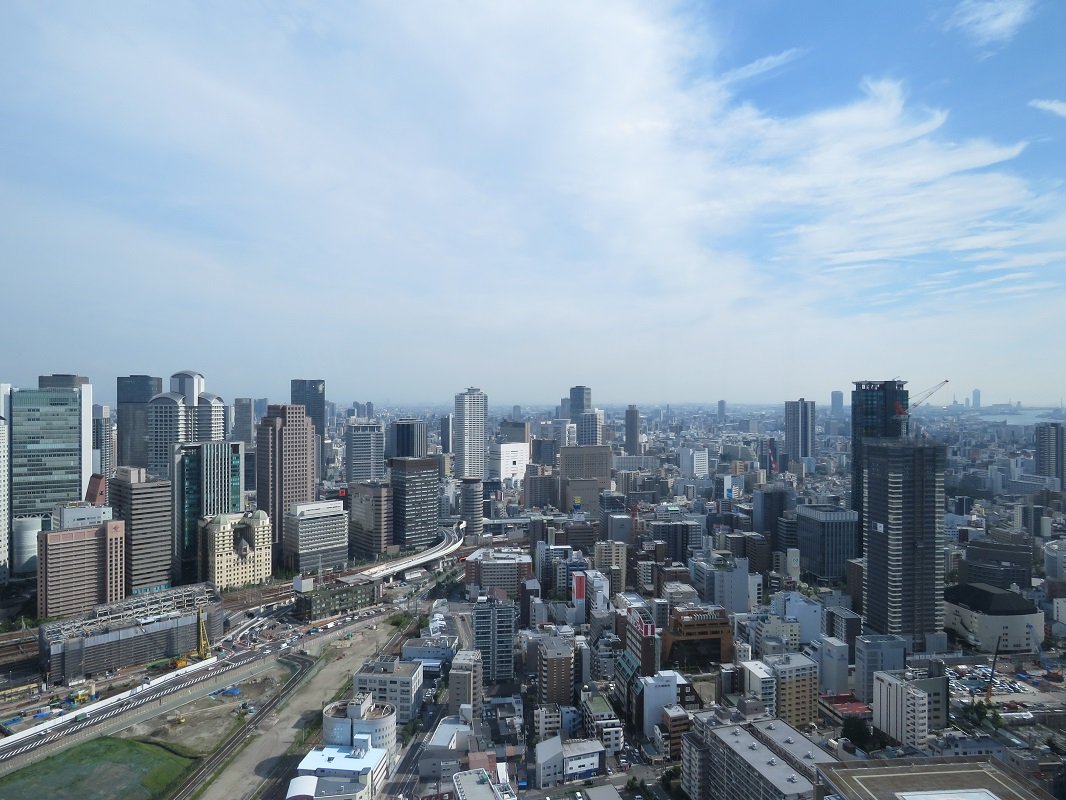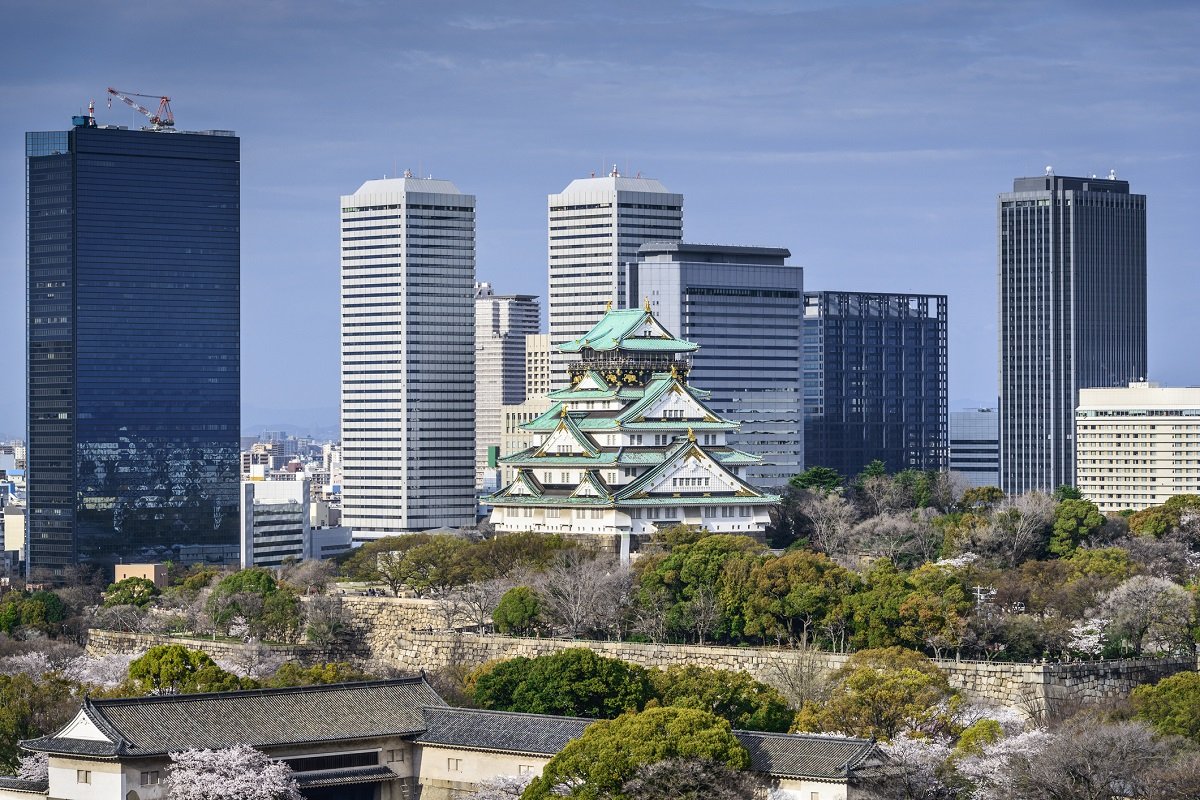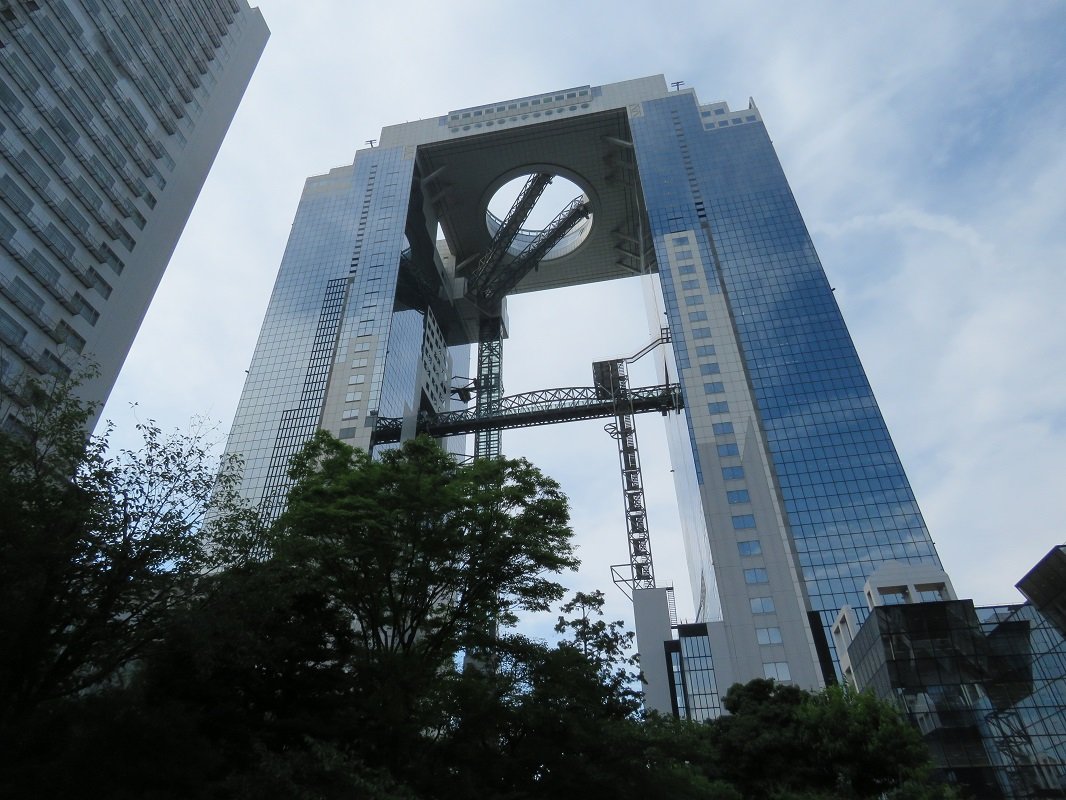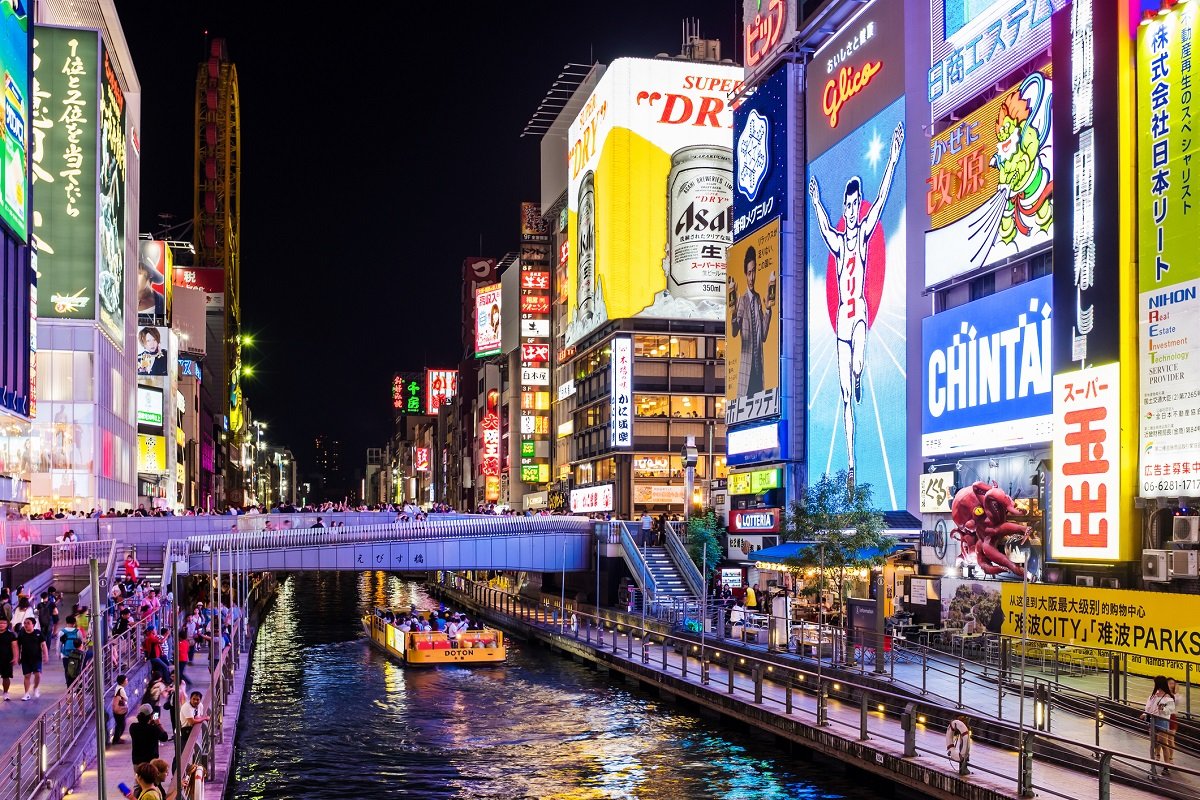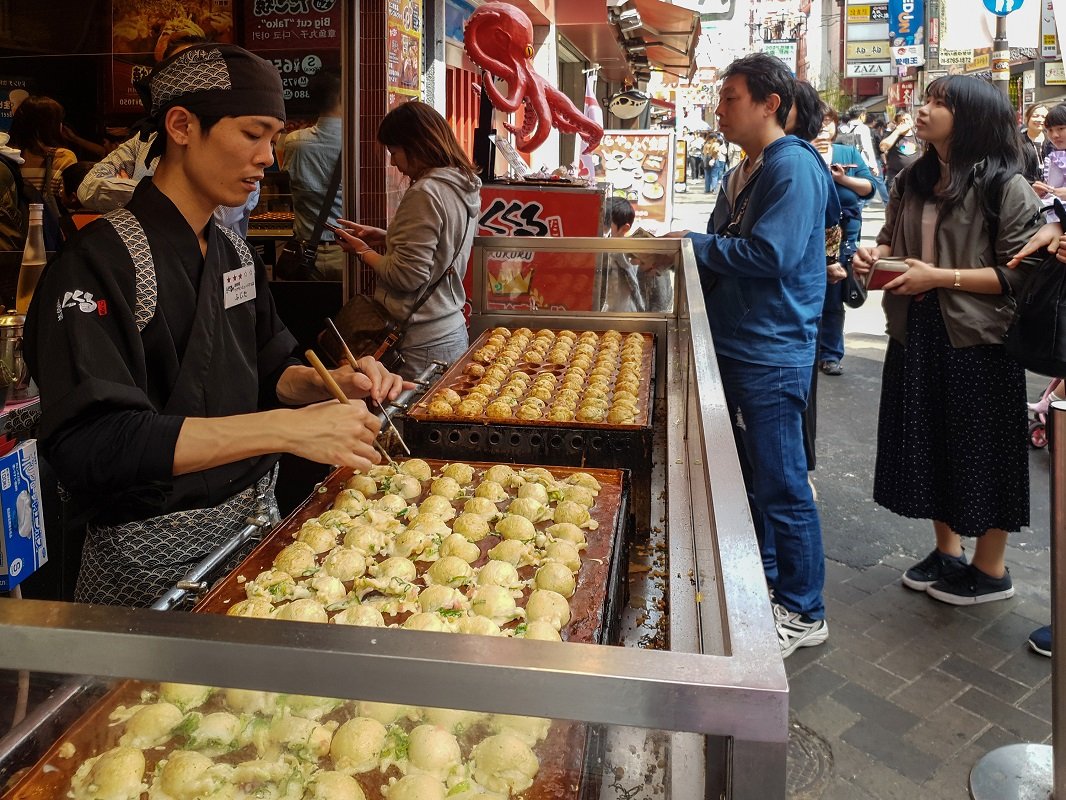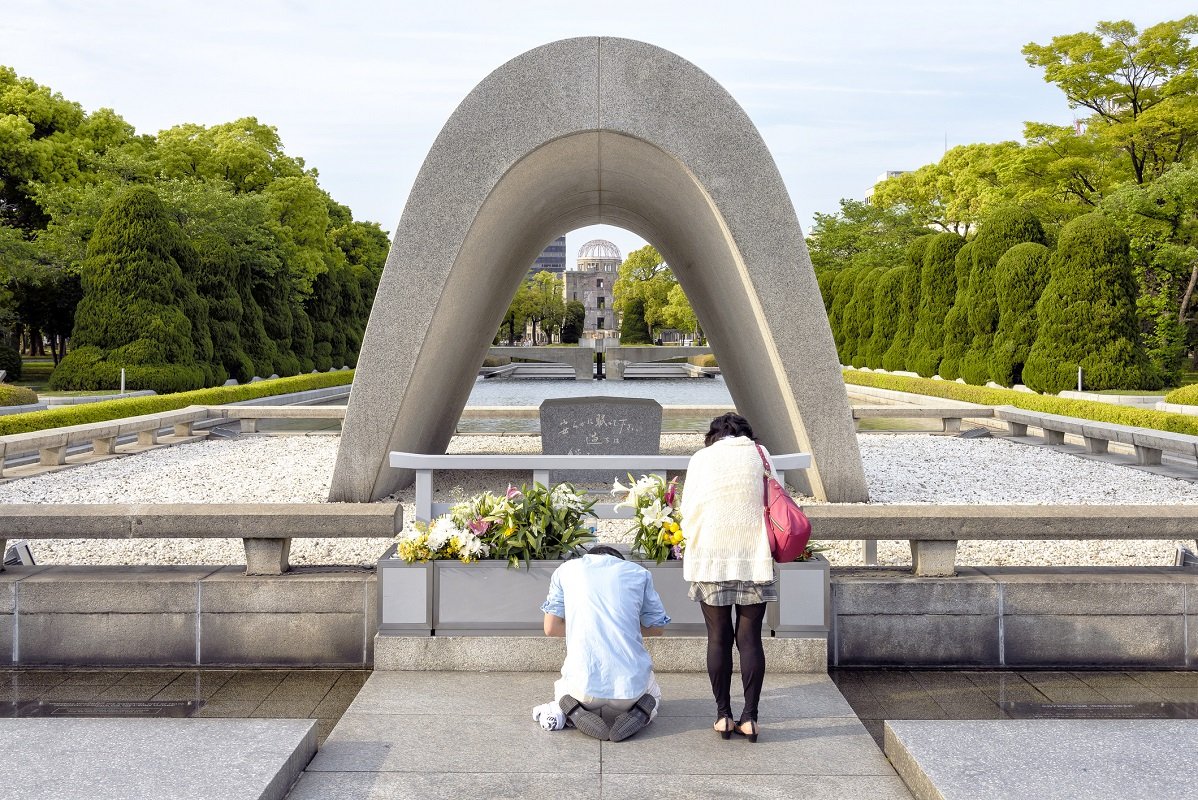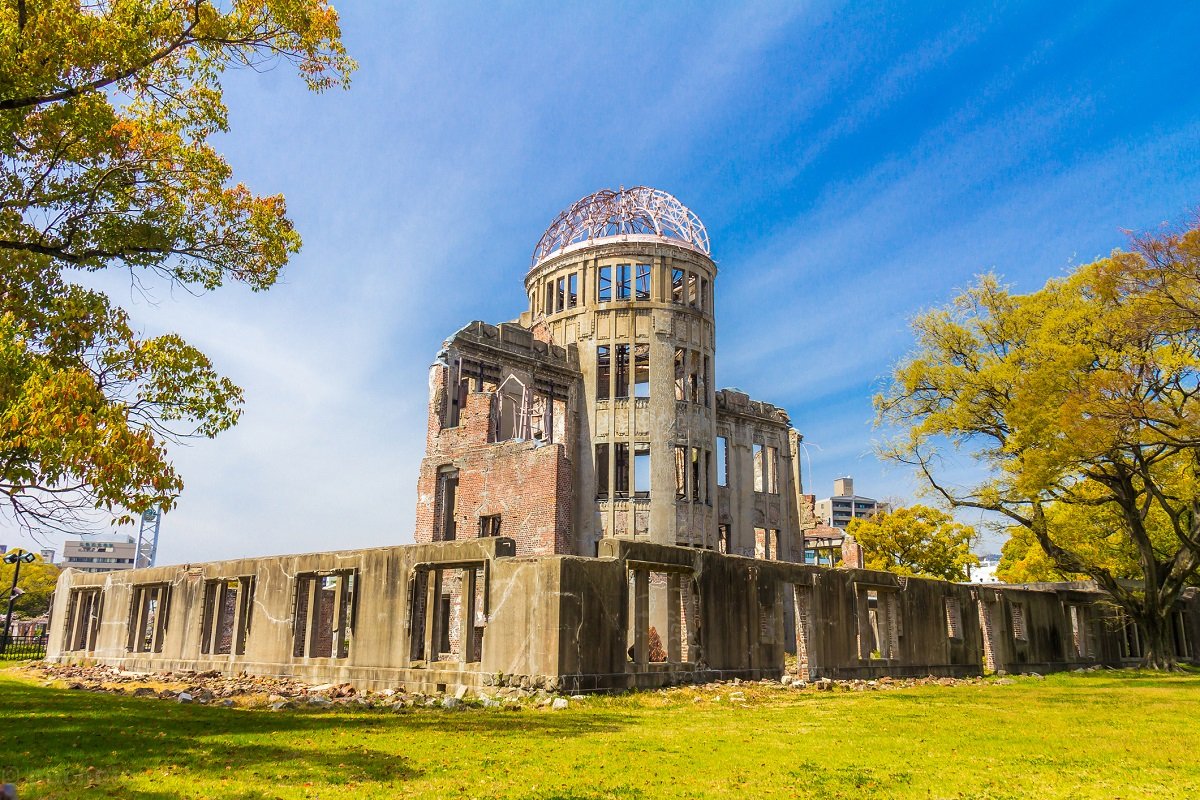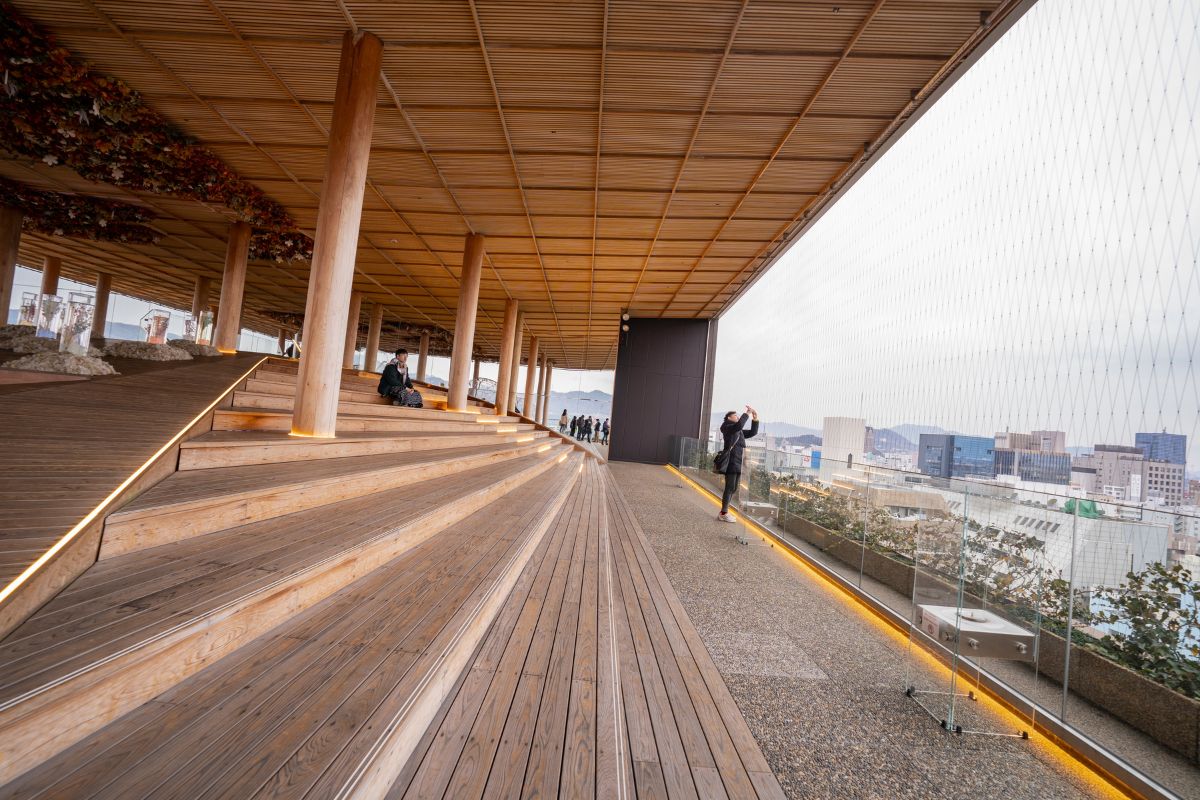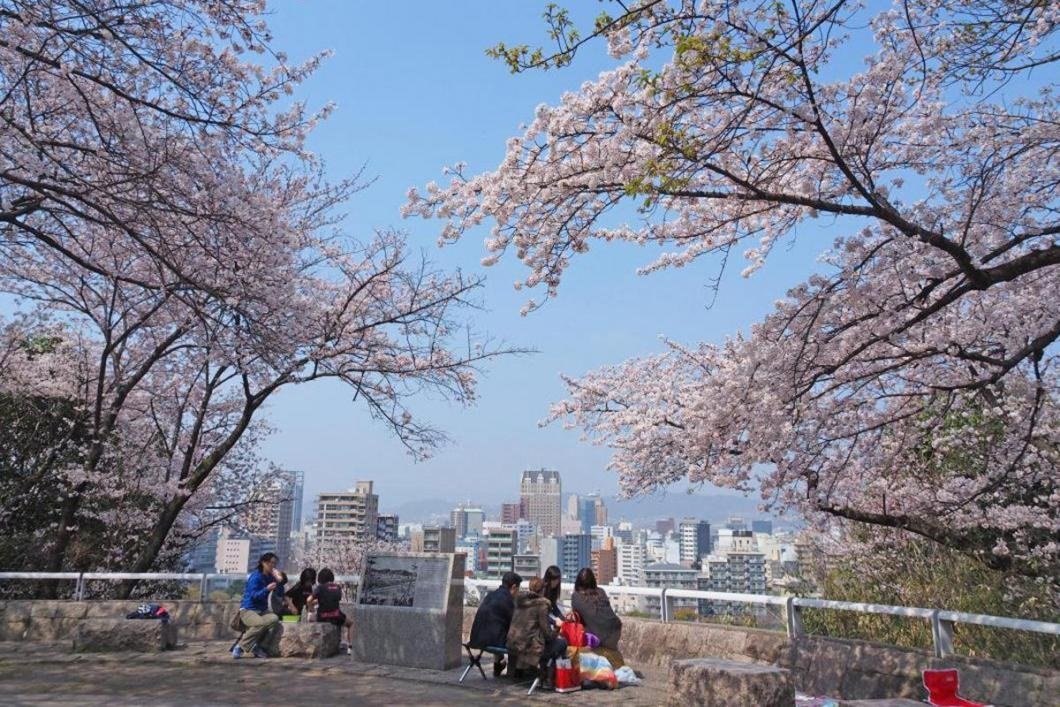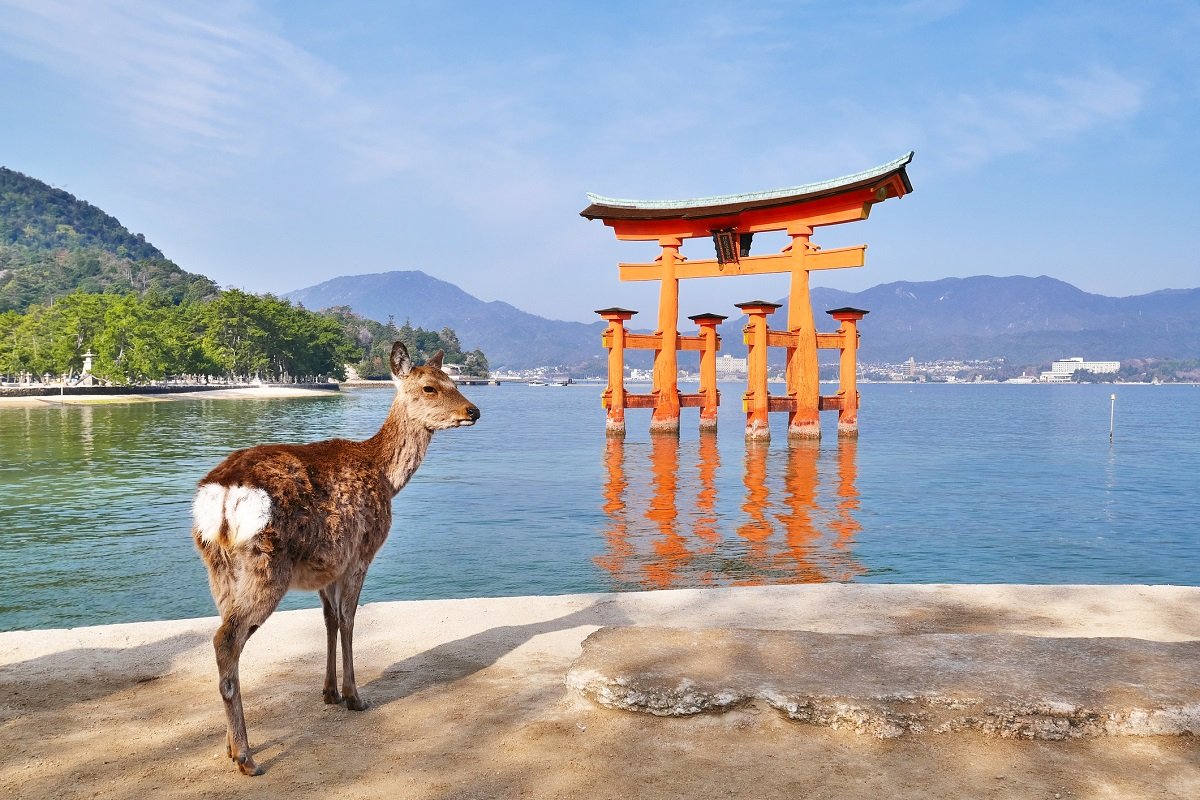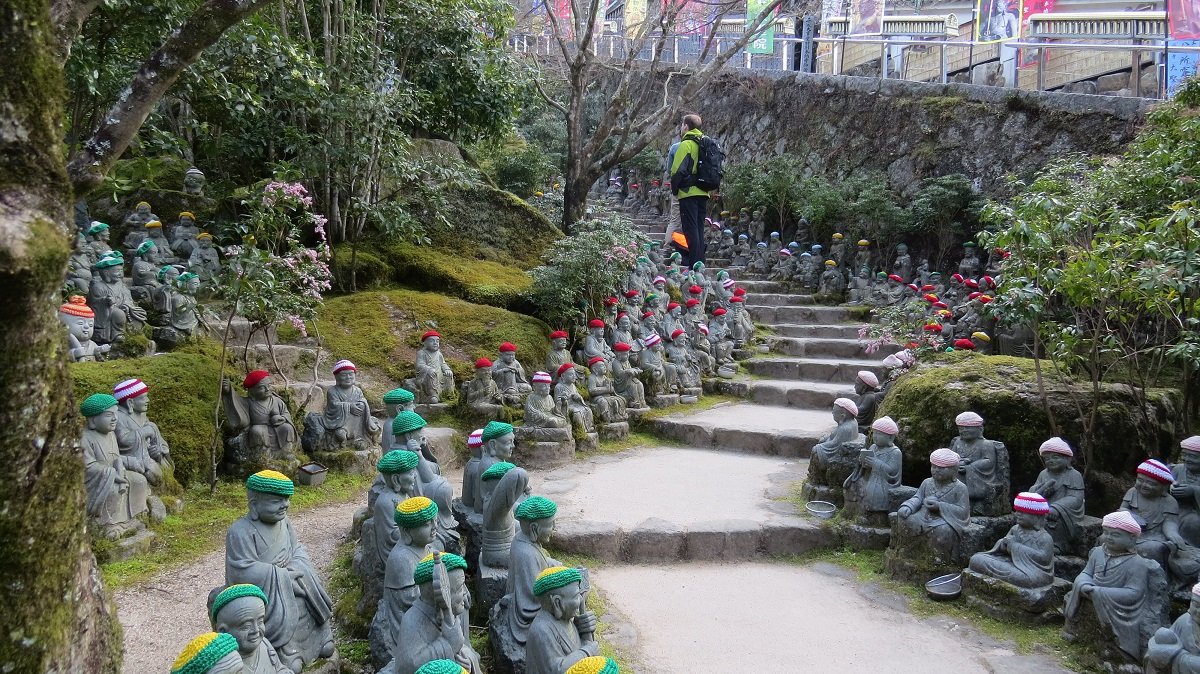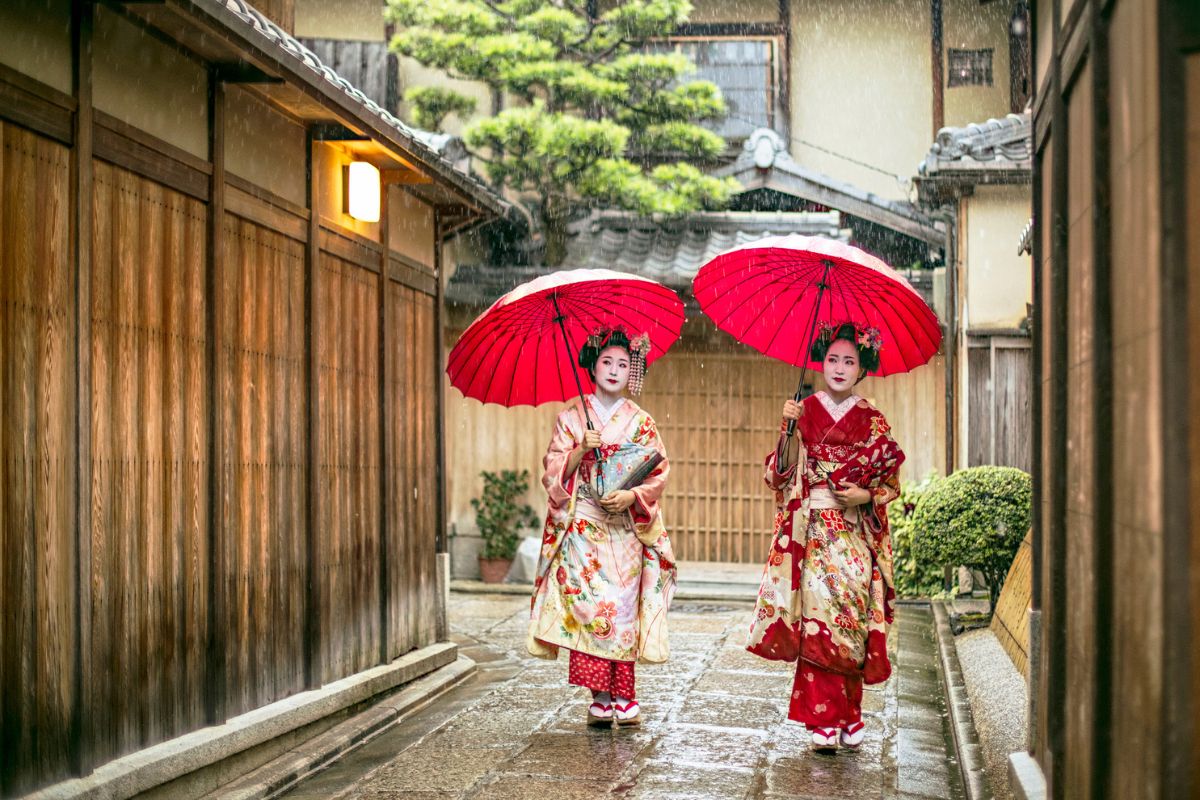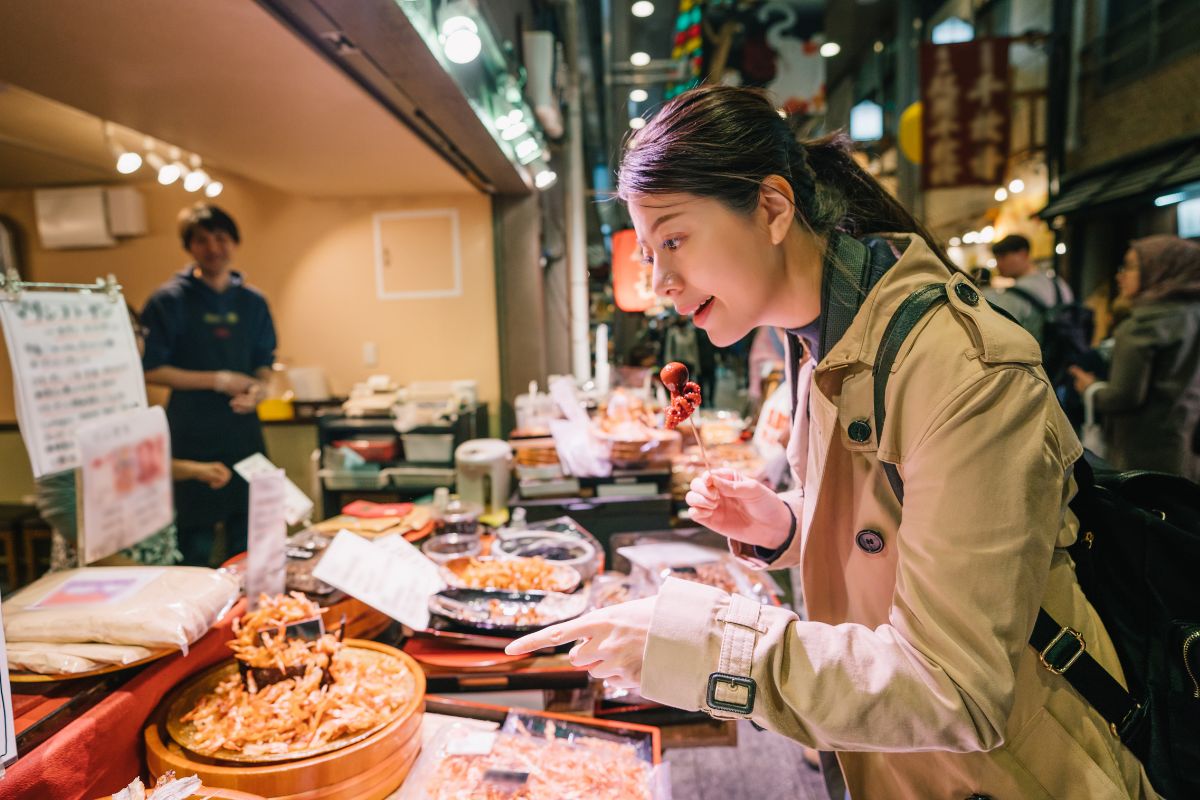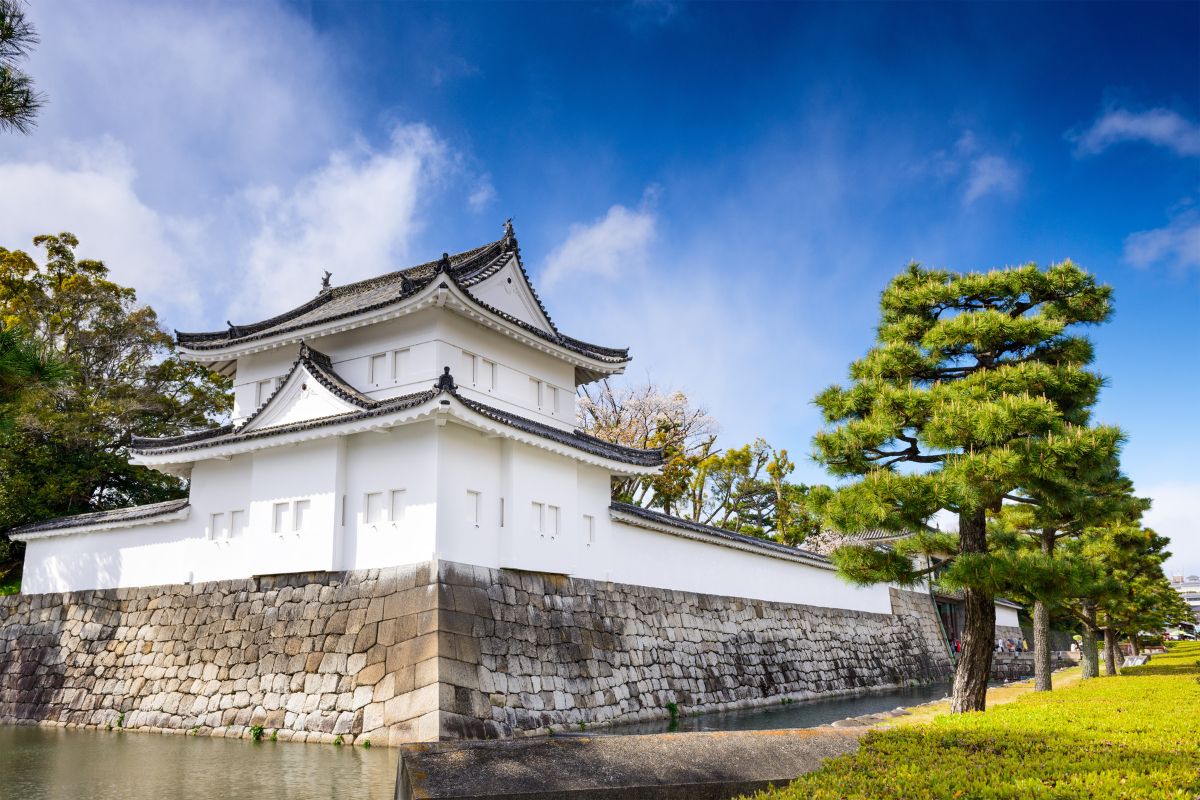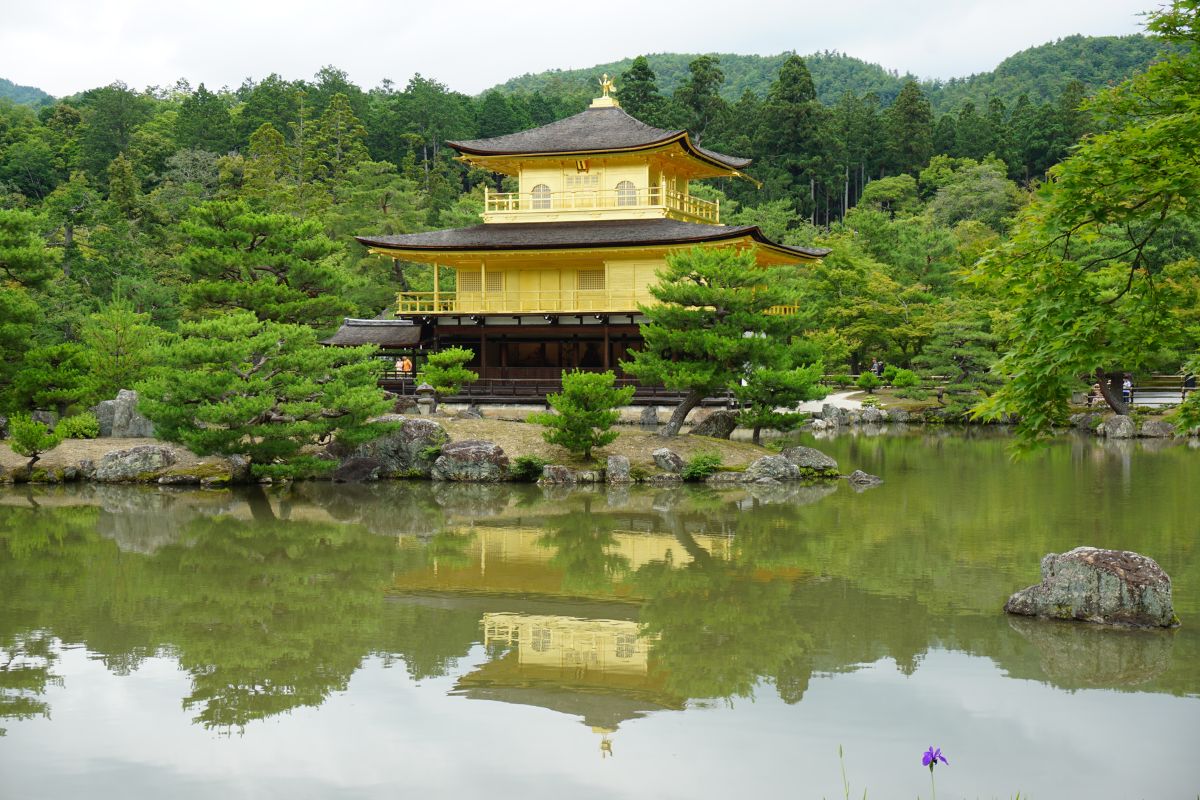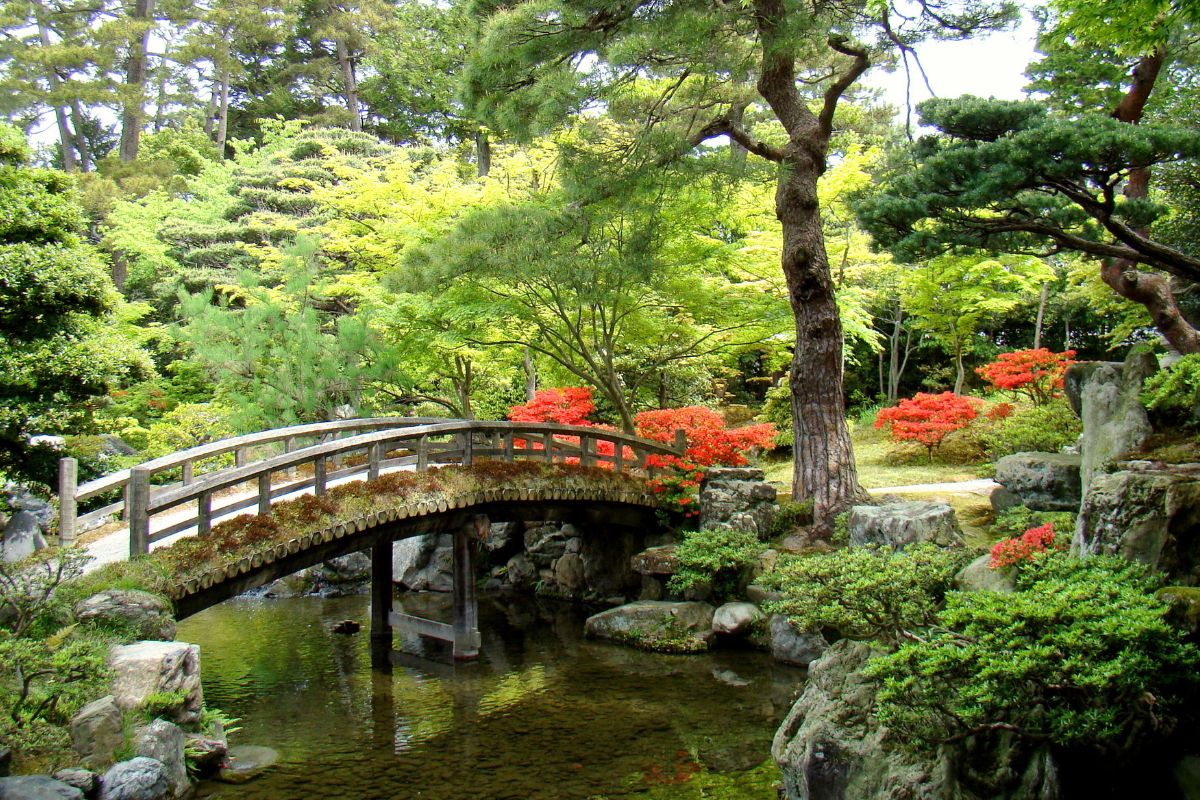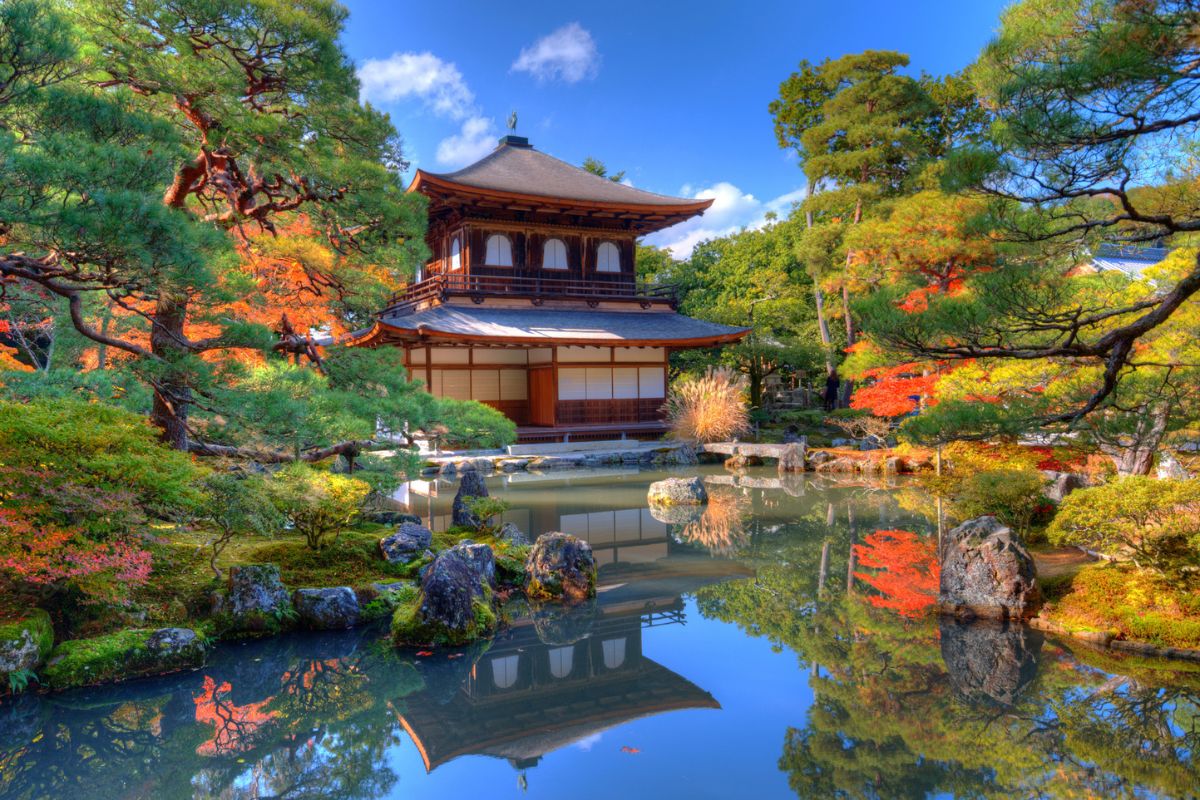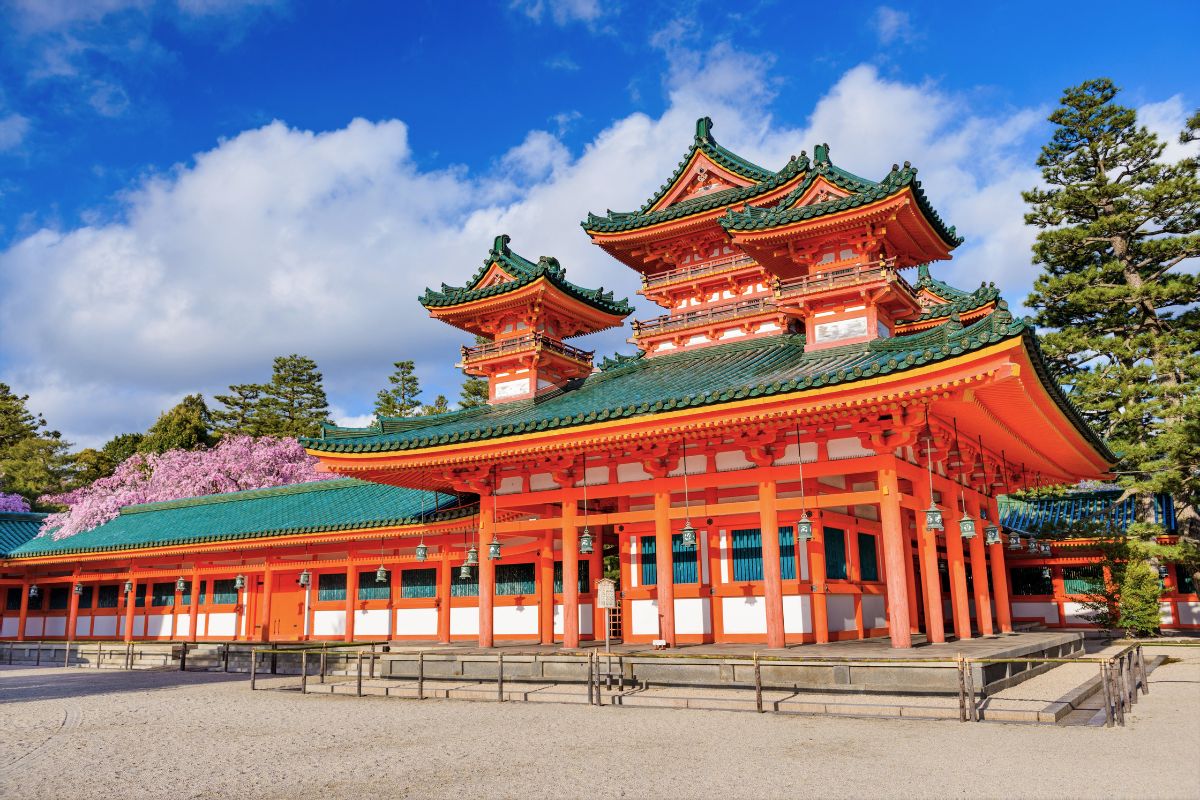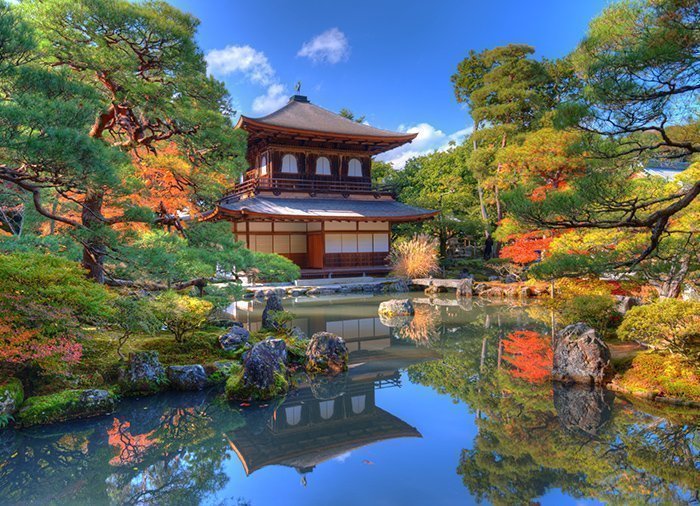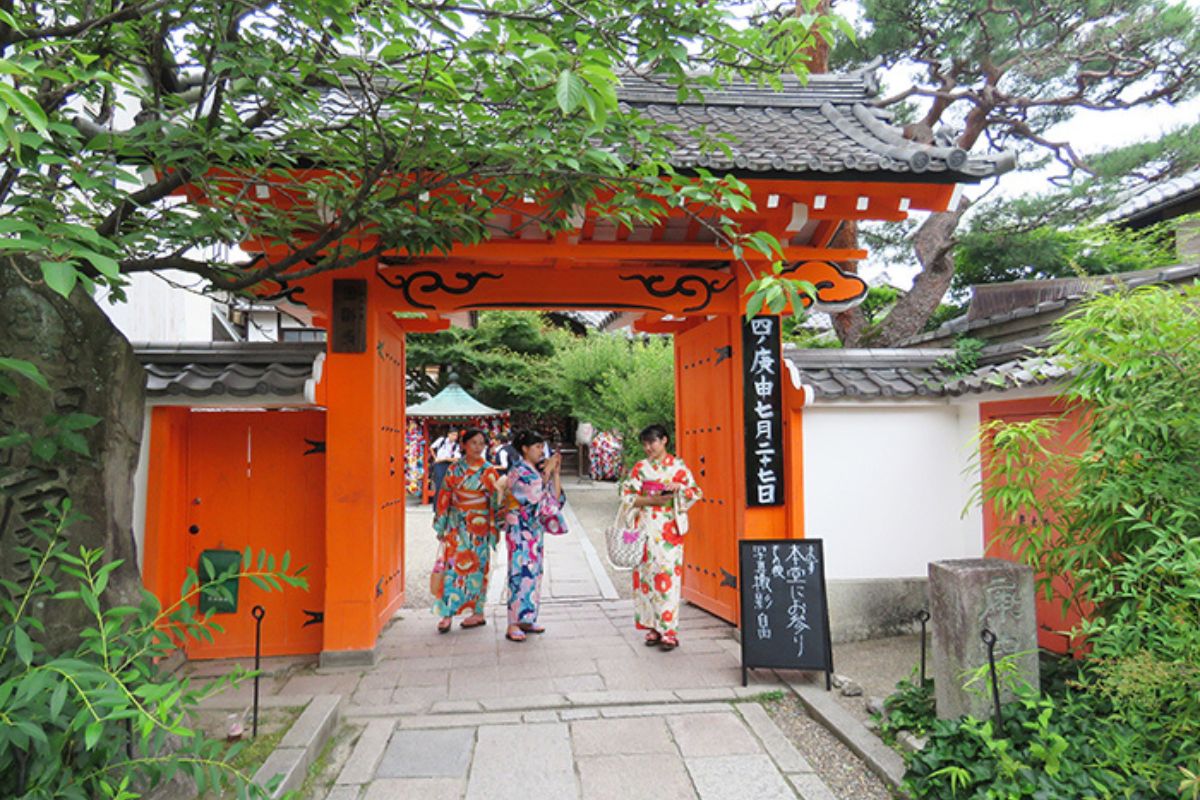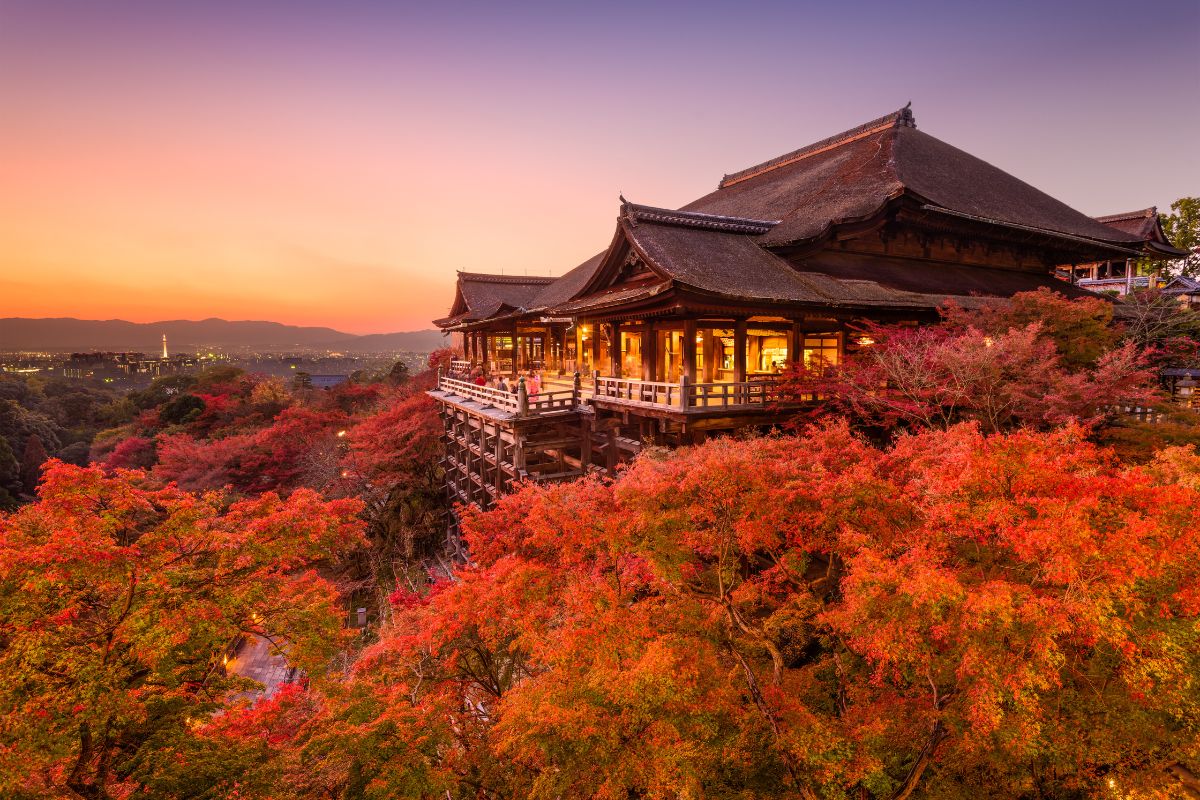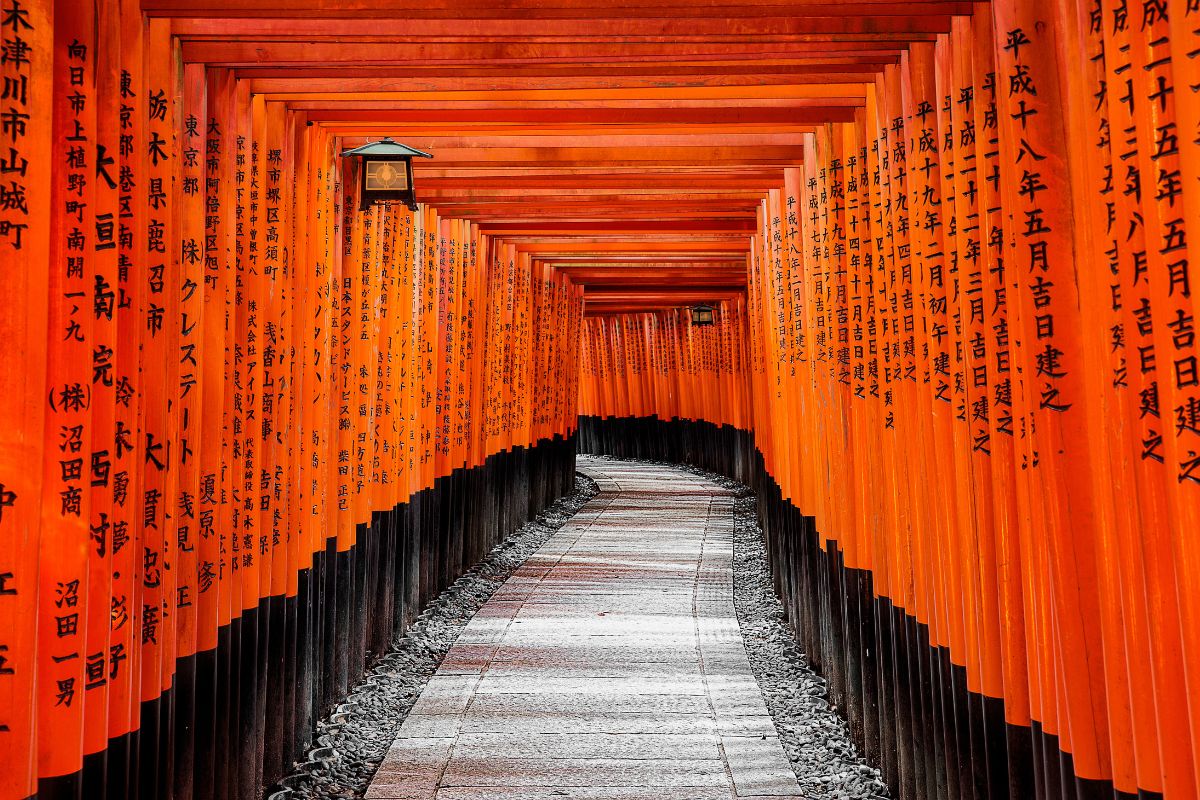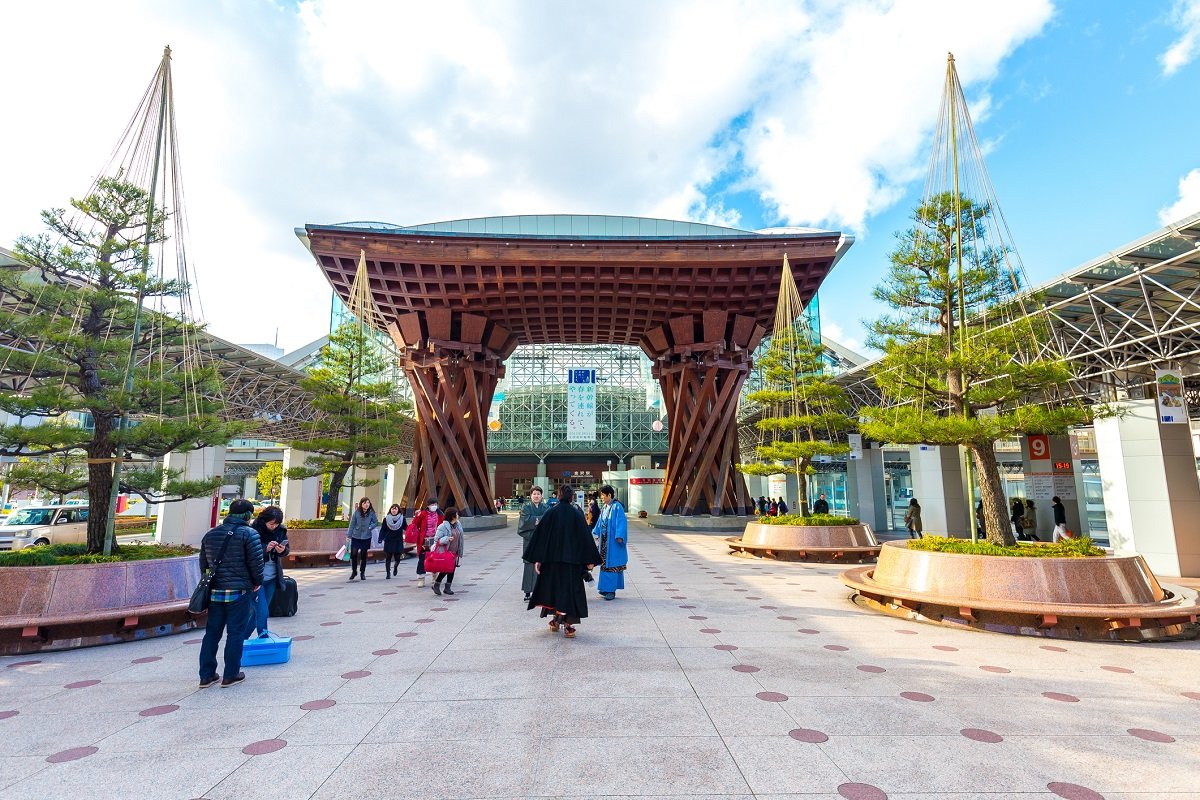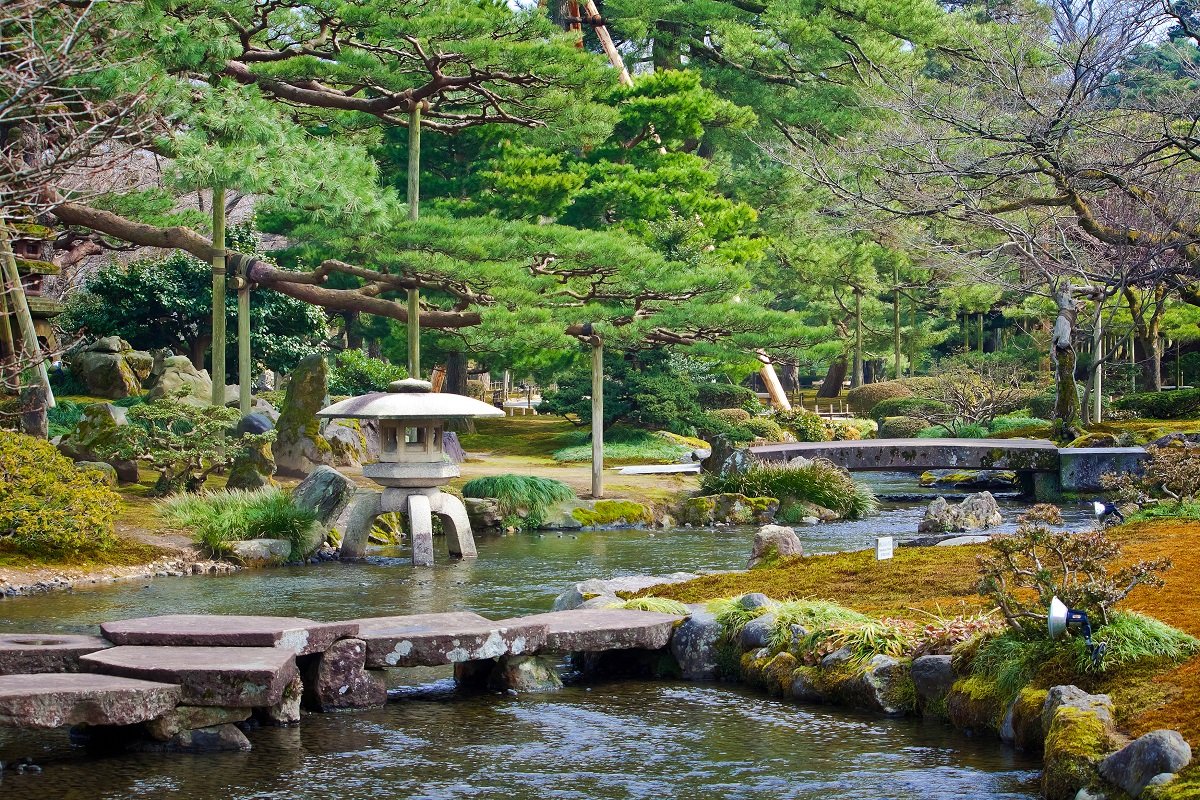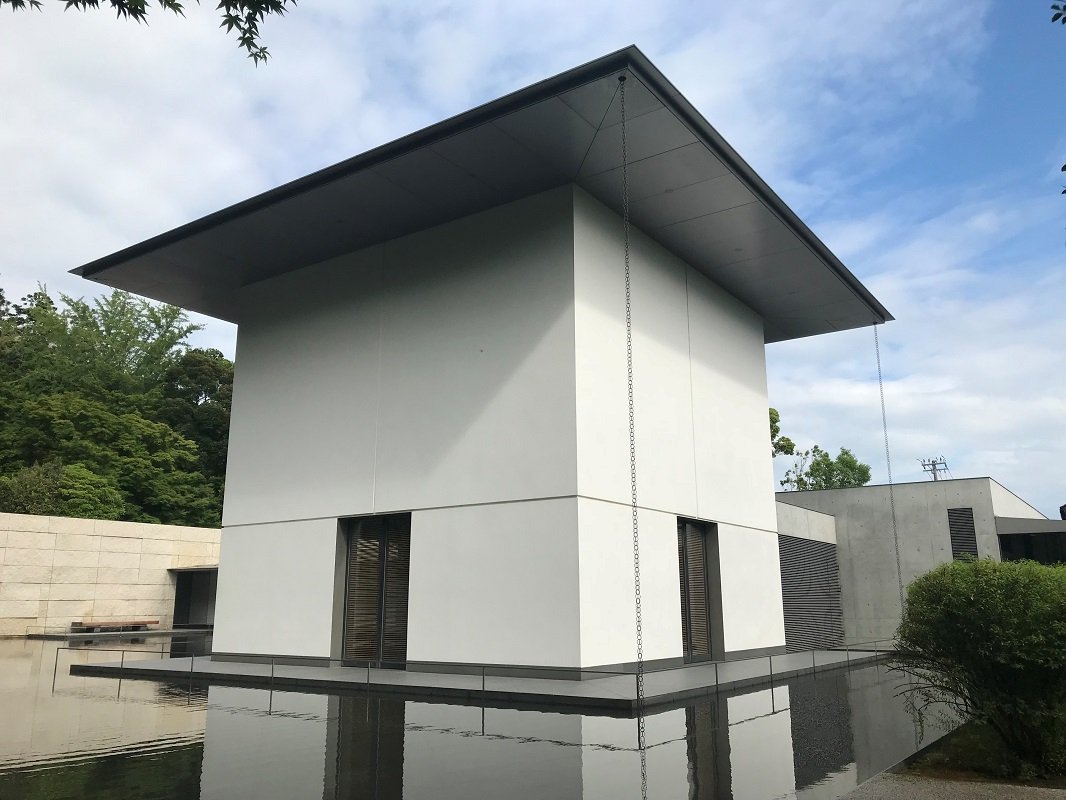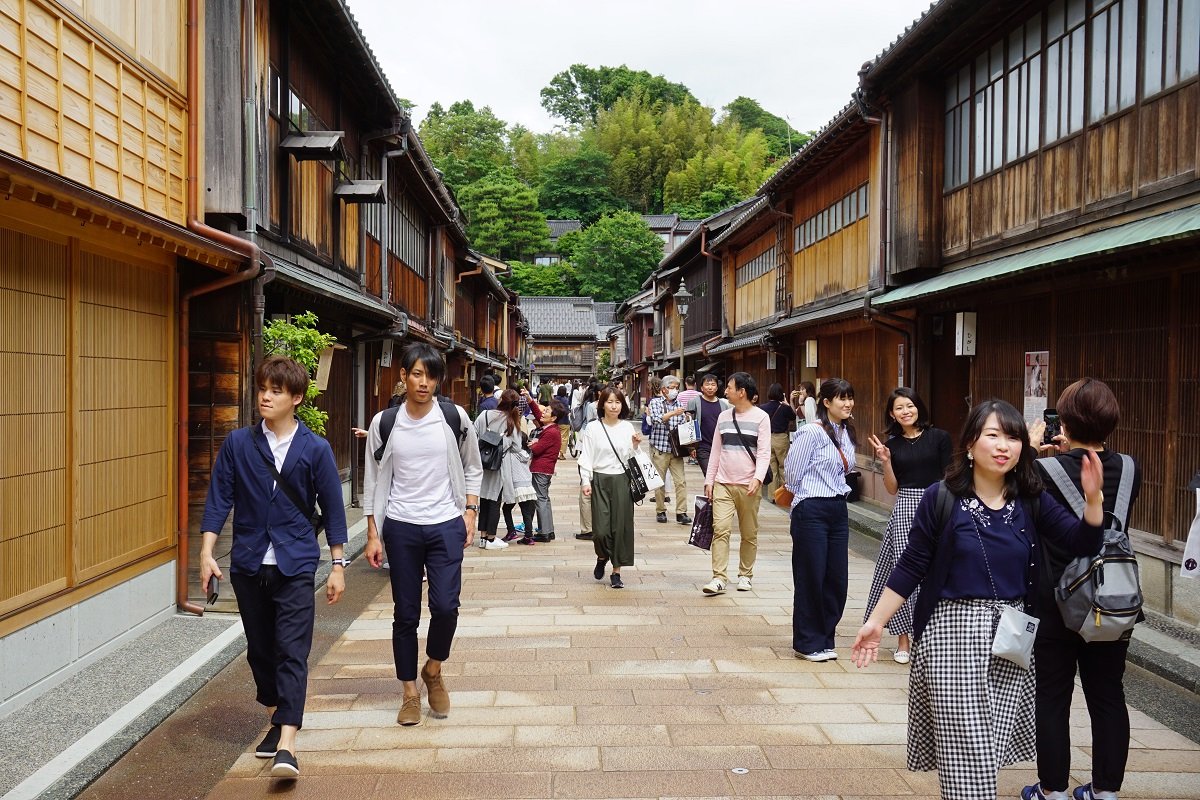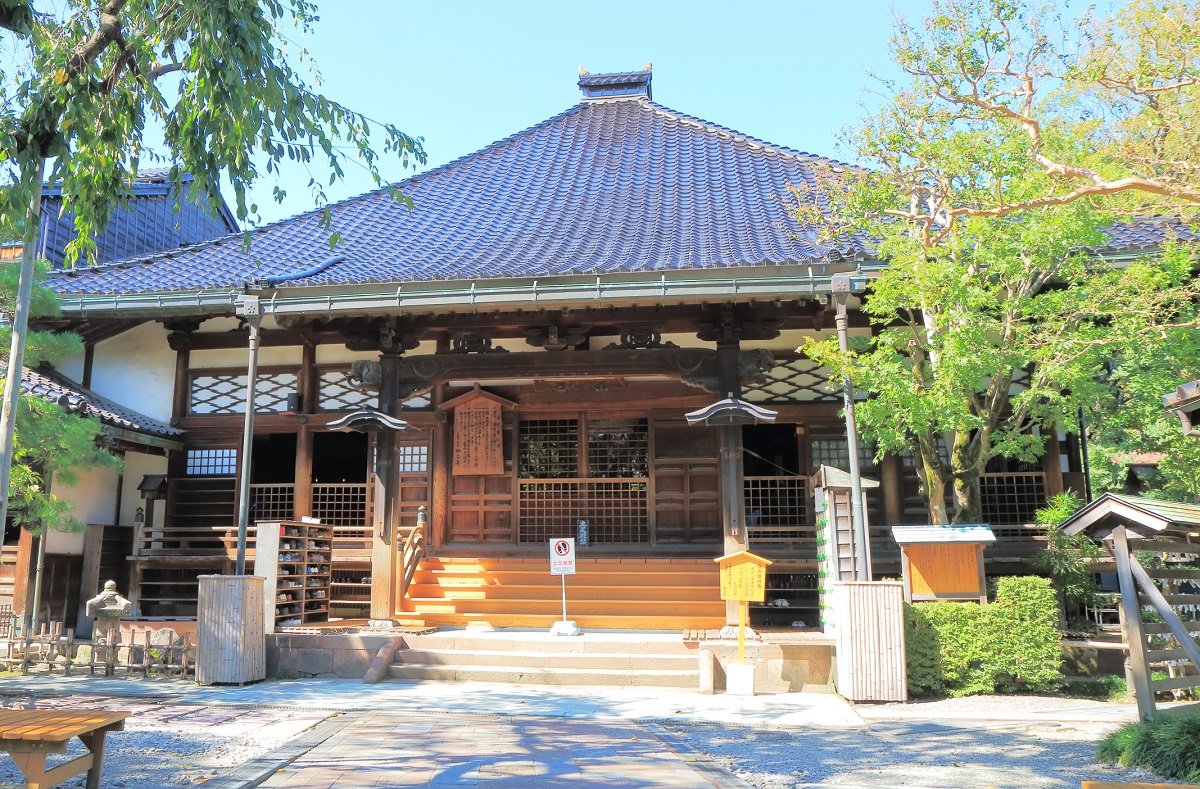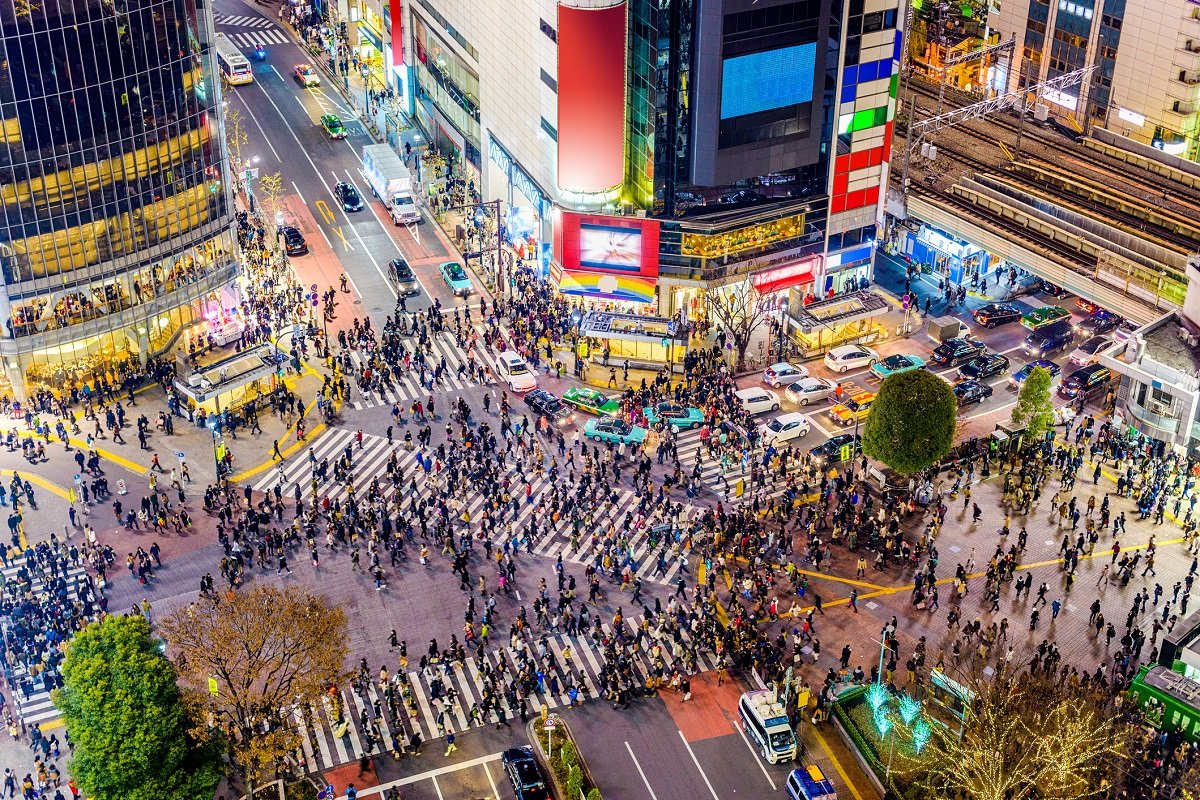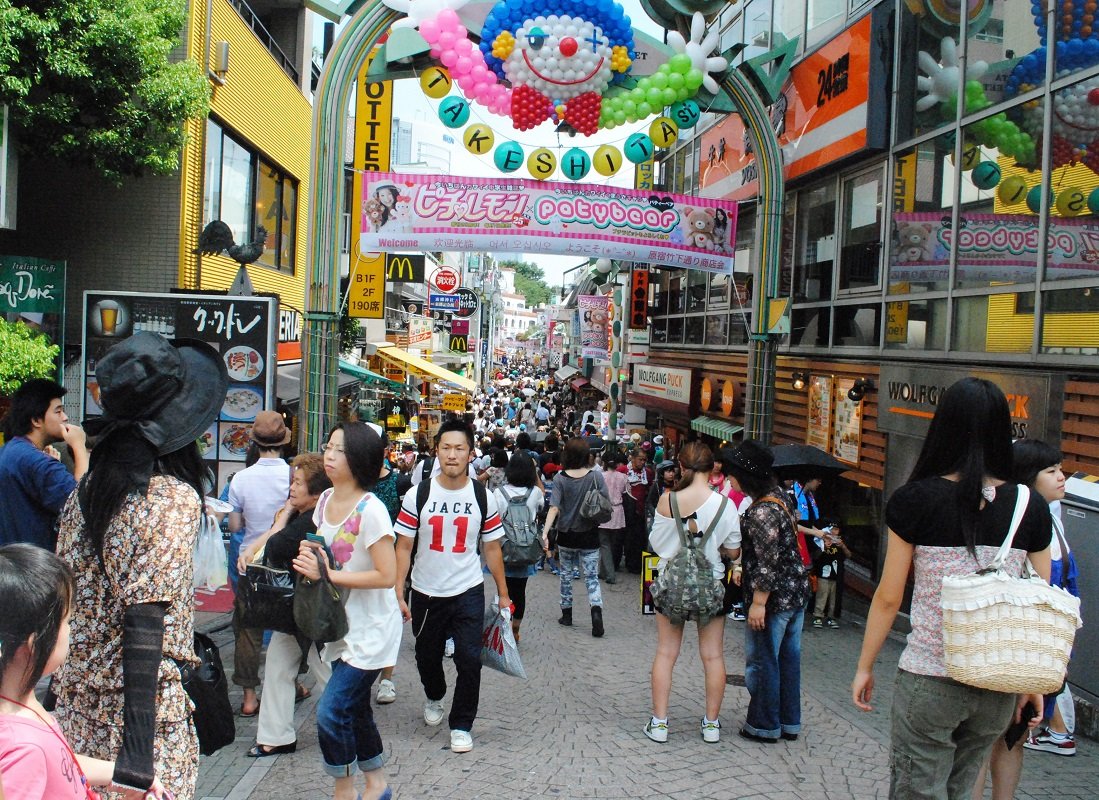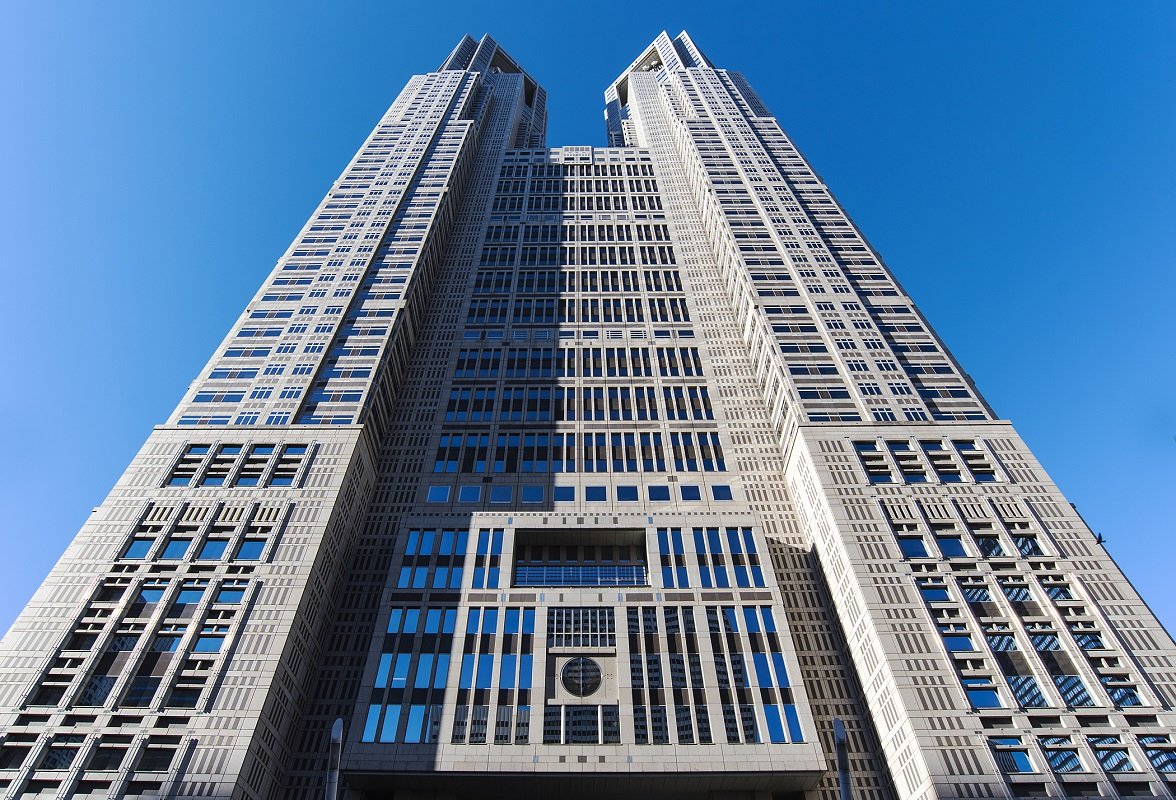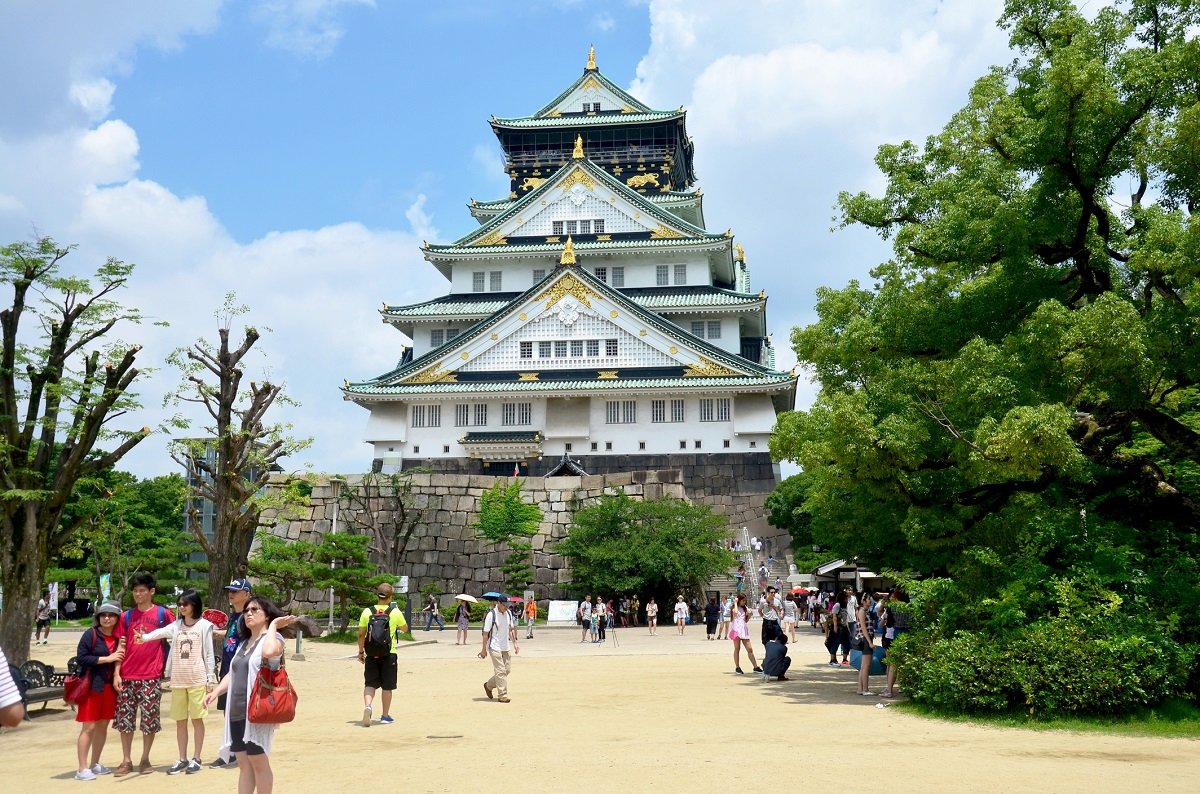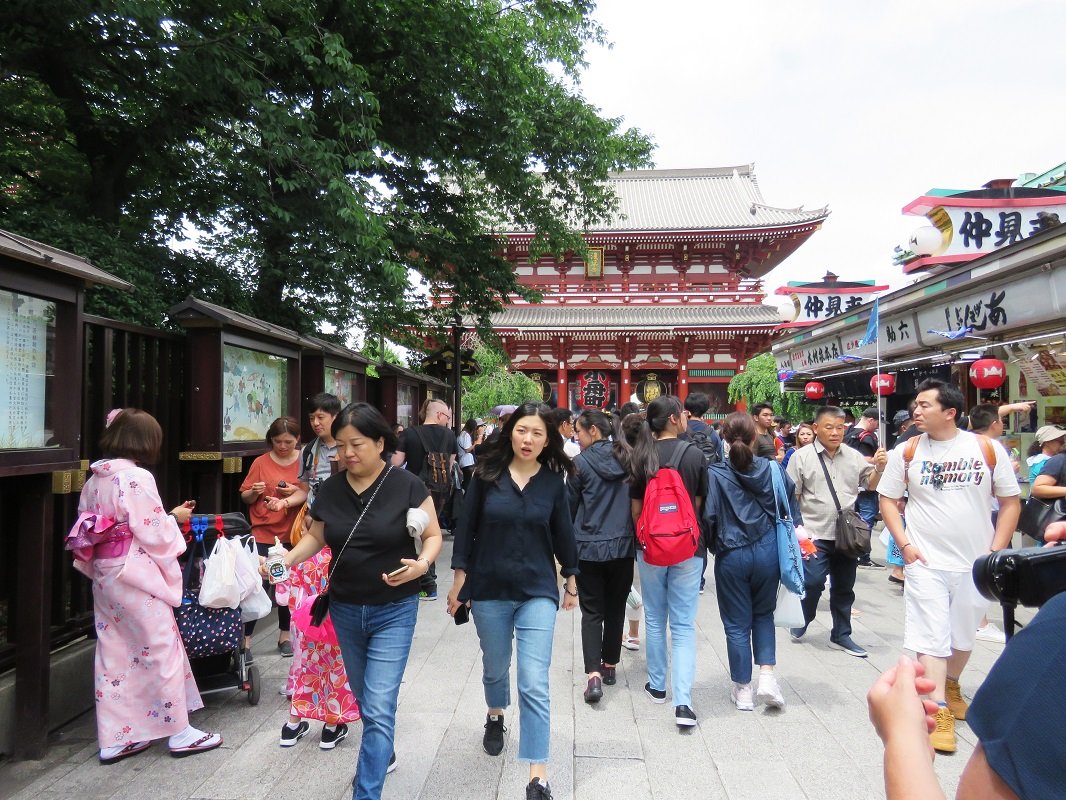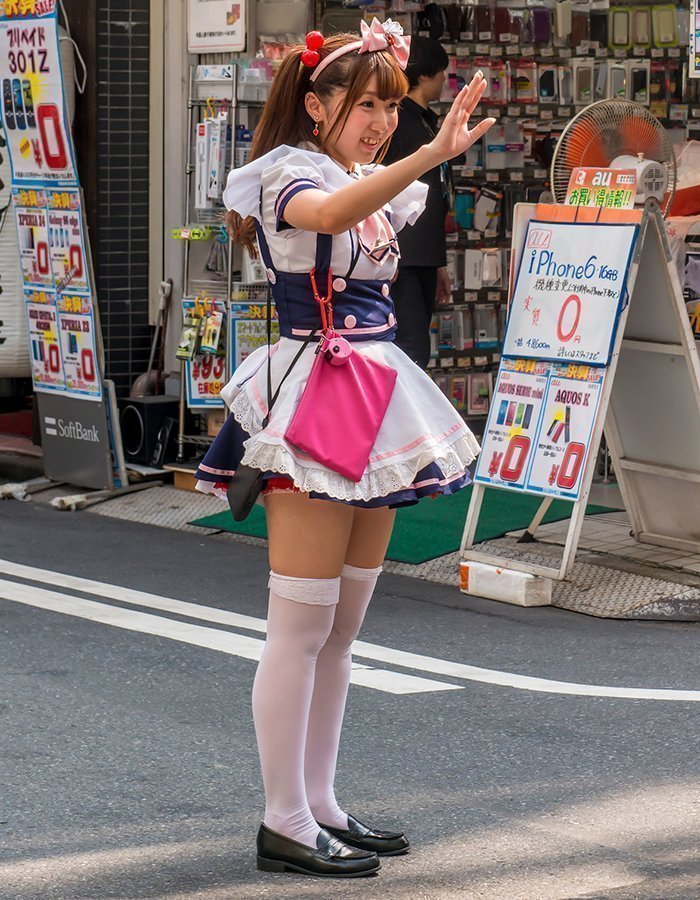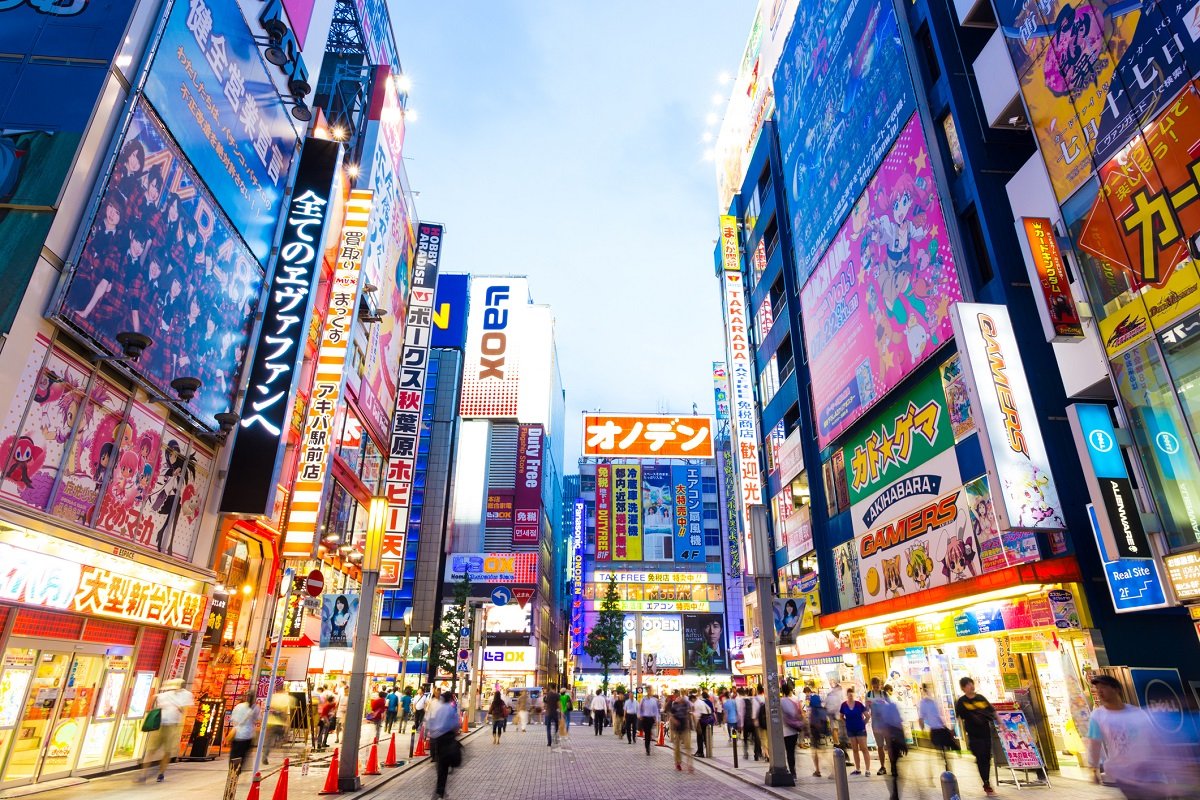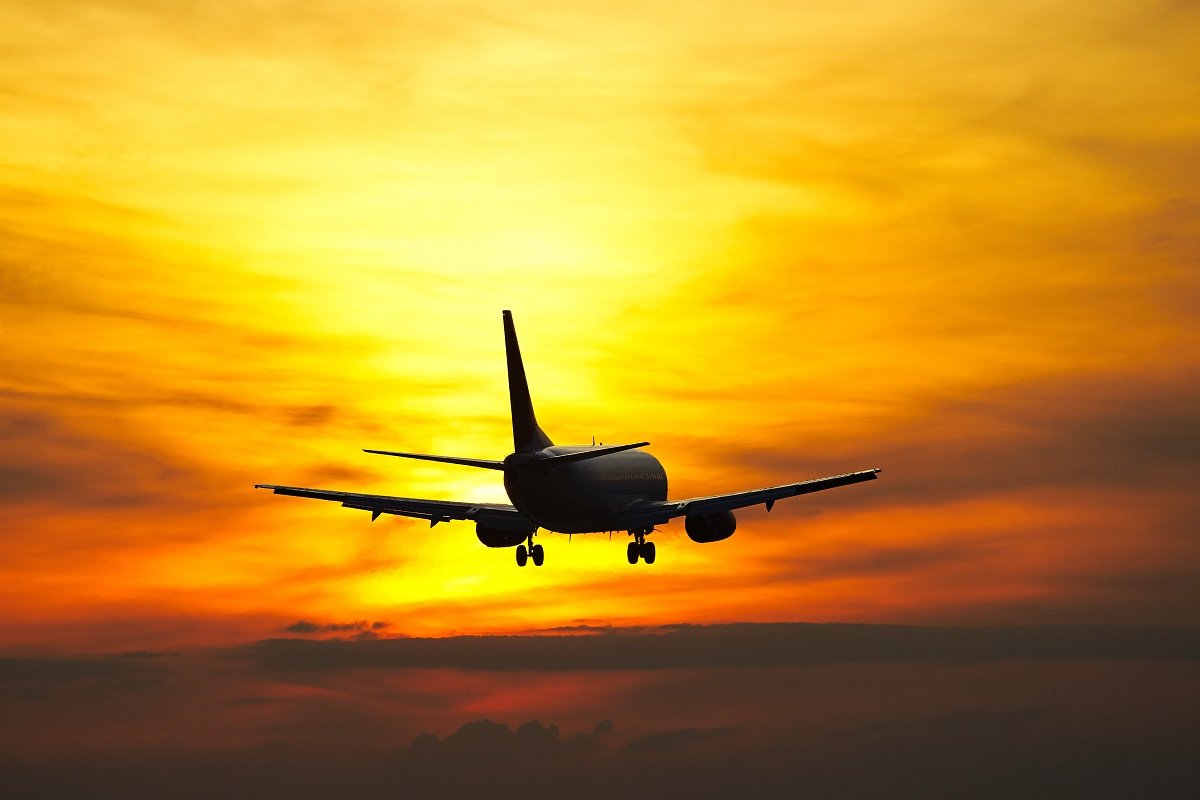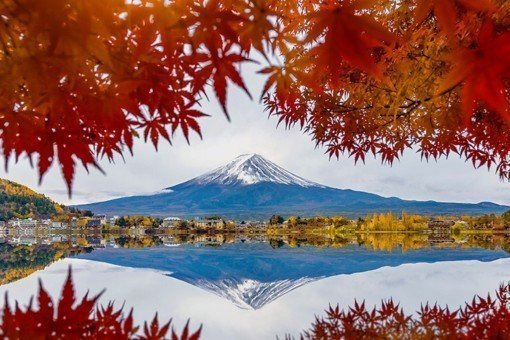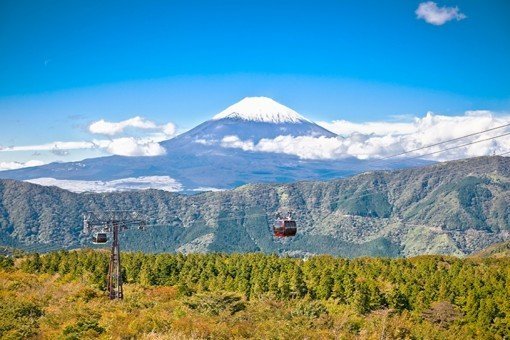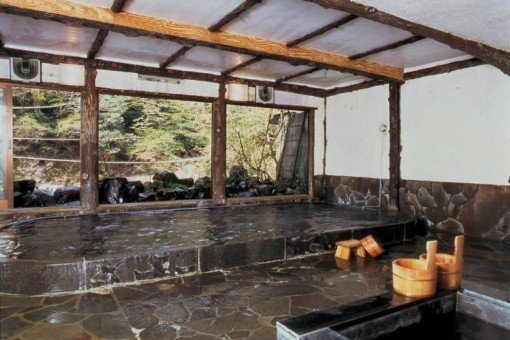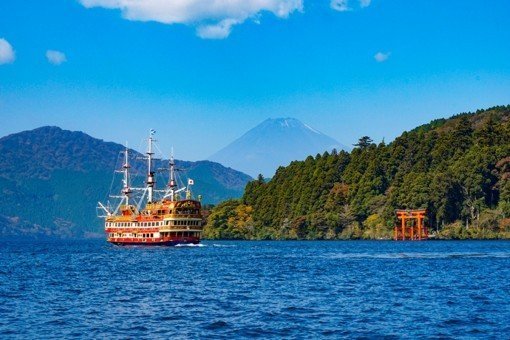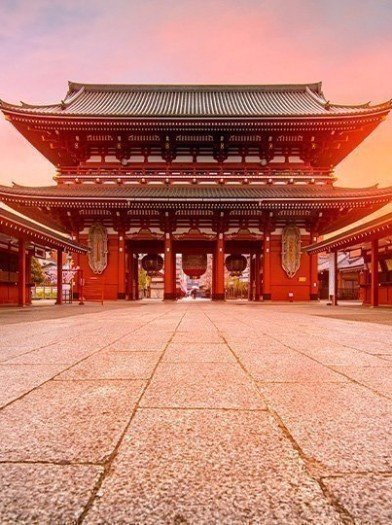Confidence Guarantee - Read more
- Home
-
Our tours
- Our tours
- Africa
- Asia
- Latin America
- North America
- Oceania
- Holiday types
-
Accommodation
- Accommodation
- Africa
- Asia
- Latin America
- North America
- Oceania
-
Practical info
- Practical info
- Africa
- Asia
- Latin America
- North America
- Oceania
- Info & contact
- Blog
14 days
Highlights of Japan
An experience for life with big contrasts between ultra-modern Tokyo, exquisite temples and gardens, maiko in kimonos and traditional tea houses in Kyoto, and the samurai town of Kanazawa.
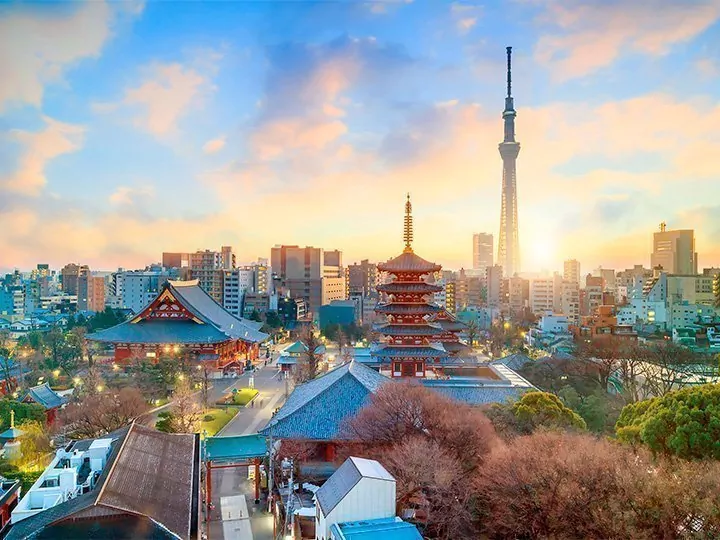
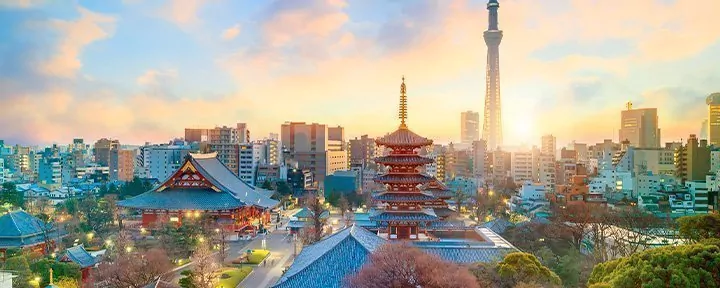
14 days
Highlights of Japan
An experience for life with big contrasts between ultra-modern Tokyo, exquisite temples and gardens, maiko in kimonos and traditional tea houses in Kyoto, and the samurai town of Kanazawa.
What is included in the price?
This package includes the following
- Flight from chosen airport to Osaka and home from Tokyo
- Guide service on arrival in Osaka, Hiroshima, Kyoto, Kanazawa and Tokyo
- Welcome meeting at the hotel in Osaka
- Kanazawa Loop bus ticket for one day
- Digital IC travel card topped up with JPY 4500 for Osaka, Kyoto and Tokyo
- 14-day Japan Rail Pass, 2nd class with seat reservation
- 12 nights at 3 and 4-star hotels with breakfast
- Local English-speaking guides on all excursions
- All the transfers and excursions mentioned take place in international groups of 2–14 people, and with TourCompass’ own guests only
- Emergency hotline staffed 24/7 throughout your trip
- Departure guarantee – the price is valid when at least 2 people travelling. Please ask for a price if you are travelling alone
Comprehensive package of excursions:
- Guided half-day tour of the Hiroshima Peace Memorial Park and Orizuru Tower
- Guided half-day tour in Kyoto to Nijo Castle, Kinkakuji “Golden Pavilion” and Kyoto Imperial Park
- Guided half-day tour in Kanazawa of the Terashima Kurando Samurai House, the Kenrokuen park
- Guided half-day tour in Tokyo of Shibuya, Takeshita-Dori and the Tokyo Metropolitan Government Building
THE TOUR IN SHORT
Do you want to experience Japan in all its facets? This is the tour for you. Japan and Japanese culture have had an enormous influence on the world. To name a few things: sushi, Toyota, Judo, bonsai, kimono and karaoke. And Japan is a truly thrilling place to explore.
The experience begins in Osaka, which is considered to be capital of Japanese food. Afterwards, you continue to Hiroshima, where you visit the Peace Memorial Park and the Atom Bomb Dome. The heart of Japan is in the old capital of Kyoto and the seat of samurai power in Kanazawa, where you explore the historical Japan with its old, classic wooden houses and shrines, cobblestone streets, geisha and tourists in kimono. In Tokyo you are in many ways brought back into the modern day. Tokyo is the capital now, and is considered to be the brain of Japan. Everything here is ultra-modern and cutting-edge, with skyscrapers and a highly-efficient transit system. To travel between the major highlights you will use the high-speed Shinkansen bullet trains, or regular express trains. And experiencing the efficiency of Japanese rail is almost worth the trip on its own.
Why choose this tour
- Big experiences are lined up with the food Mecca of Osaka, the Hiroshima Peace Memorial Park, truly gorgeous temples in Kyoto and the ultra-modern Tokyo
- In the samurai town of Kanazawa with the Kenrokuen park, you can enjoy the well-preserved old city environment with beautiful wooden houses and one of Japan’s most gorgeous parks
- Feel the rush as you travel with the iconic high-speed trail – Shinkansen. The train ride is an experience on its own
- Extend the tour with Hakone National Park and a view of Mount Fuji
Our tours always include
- All international and domestic flights
- All accommodations
- All specified excursions and activities
- 24/7 telephone – We’re with you all the way
Detailed Itinerary
Day 1:
Departure from your chosen airport
Departure from your chosen airport with possible connecting flights on the way.
Day 2:
Arrival in Osaka
On your arrival, you go through immigration and pick up your luggage. Your driver will be waiting for you out in the arrivals hall, holding up a TourCompass sign with your name on it. The driver will drive you to your hotel in central Osaka.
On arrival at the hotel, you will receive a welcome pack with your Japan Rail Pass voucher and your Kanazawa Loop bus ticket. At the welcome meeting on day 3, you will receive your IC travel card for trains and buses topped up with JPY 4500 JPY. It’s easy to top it up with more money if you need to. Your guide will show you how to do it.
After check-in at the hotel, the rest day is yours to enjoy Osaka.
The city is Japan’s biggest financial powerhouse after Tokyo and is home to an active business community in international trade and industry. Osaka was founded hundreds of years ago. It was bombed to smithereens during World War 2, hence its appearance as a young city with modern buildings today. However, in some places you can still feel the traces of history.
Day 3:
Welcome meeting - Osaka on your own
Today at 8:00, you meet up with your guide in the lobby, where a welcome meeting will be held. At the meeting, the guide will go through the programme for the coming days, explains practicalities and answers any questions. Your guide will also help you get your Japan Rail Pass issued and reserve train tickets for the rest of your journey. Please bring your Japan Rail Pass voucher and passport.
The rest of the day is your own to explore the city.
There is so much to do in Osaka. A must-see is the city’s 170-metre-high landmark, the Umeda Sky building, designed by Hiroshi Hara, one of Japan’s great architects. From the rooftop of the building, you can enjoy a fantastic panoramic view of the city’s skyscrapers and countless bridges, and on a clear day, you can see all the way to Awaji Island. The basement of the building houses the Takimi-Koji gourmet street, which is adorned with photos of Osaka in the 1920s.
In the afternoon, you should walk to Dotonbori, a lively and colourful entertainment area – and one of Osaka’s most popular attractions. While away an hour or two looking at all the advertising and neon signs, people-watching and browsing in the labyrinth of shops and famous food stalls. If you fancy trying some local specialities, we recommend kushi katsu, which is deep-fried vegetables and meat on skewers, or takoyaki, a ball-shaped snack made of batter and cooked in a special moulded pan. It is typically filled with octopus and leeks or spring onions.
Accommodation:
Optional tours:
Day 4:
Shinkansen from Shin-Osaka to Hiroshima - Half-day excursion to Hiroshima
Today you’ll be riding the Shinkansen bullet train for the first time. This high-speed train has its own platform at all of its stops, and in some cases entirely separate stations have been built for it as well, such as Shin-Osaka. You must make your way from the hotel to the train station on your own.
The train ride from Shin-Osaka to Hiroshima stretches across 342 km and takes just under 1½ hours. We recommend that you bring your own lunch for the tour, as it is only possible to buy snacks on board.
The bullet trains pull 6, 8, 12 or 12 cars. A few trains have 18 cars. The information signs at the station show how many cars each train is pulling. The information signs also switch between Japanese and English. When you are down on the platform, the platform itself is marked to show you exactly where your carriage will stop. Icons are painted on the platform, e.g. “6 cars – car 5” or “12 cars – car 3”. So once you’ve got the hang of the system, it’s really easy. The Japanese also have a wonderful queuing culture. You stand neatly in line at the relevant platform icon, and walk calmly and quietly into the train in the same order you arrived in – no rushing ahead or jumping the queue!
The trains run very punctually throughout Japan, and delays of more than a few minutes are exceedingly rare, and become a major topic of discussion both on the train and in national news on TV and the radio when they do happen.
On your arrival in Hiroshima, the guide will be waiting by the train to take you to the hotel. You will then go on a guided tour of Hiroshima Peace Memorial Park. The park is at the heart of Hiroshima and is a memorial to the horrors of World War 2. The Atom Bomb Dome, the iconic domed, skeletal, steel industrial exhibition building that remained after the attack, is at the heart of the park. The building and its dome have been left untouched as a powerful symbol of what may be the most destructive human force ever created, and as a powerful symbol of hope that it will never happen again. The Atom Bomb Dome was designated as a UNESCO World Heritage Site in 1996. The Peace Memorial Museum can also be found in the park, as well as the symbolic statue of the girl and the origami crane, The Children’s Peace Monument. Pictures and objects from the bombing on 6 August 1945 and the time that followed are exhibited at the Peace Memorial Museum.
After visiting the park, you will head up to the Orizuru Tower, where you can look out over Hiroshima Peace Memorial Park. On a clear day, you can see all the way to Mount Misen on the small island of Miyajima.
The guide can then either take you back to the hotel or give you directions on how to get to Hijiyama Park on your own. Hijiyama Park is a good place to relax after the intense experiences of the Hiroshima Peace Memorial Park, and here you can take a walk or simply sit down and enjoy life. At the northern end of the park is a museum of contemporary art, which includes a good manga library for visitors interested in comics.
Day 5:
Hiroshima and Miyajima on your own
The day is spent at your leisure.
We recommend an excursion to Miyajima. Miyajima is less than an hour away from Hiroshima, and is easy to reach to by public transport. Here, stretching about 20 metres up from the water is Miyajima’s world-famous vermilion gate, and at high tide, it appears to float above the surface. When you get off the ferry at the island, whose real name is Itsukushima, you pass by some tourist streets with souvenir shops, small gift delicacy businesses and cafés until you reach the location where you can see the giant gate. On the way, you are sure to encounter the island’s tame sika deer. Also on the island is Daisho-in, a Buddhist temple that is open to visitors. A peculiar trait here is that the Buddha figures are often depicted with scarves and hats on. You can also take the cable car to the top of Mt. Misen, which offers a spectacular view of Hiroshima and the inland sea, which contains over 3000 islets. The island also features great hiking trails.
Day 6:
Shinkansen from Hiroshima to Kyoto
Today, you take the Shinkansen bullet train from Hiroshima to Kyoto with a change at Shin-Osaka Station. You need to find your way from the hotel to the train station yourself. The trip is 381 km and takes just under 2 hours.
Your guide will meet you on the train platform in Kyoto and accompany you to the hotel by public transport. After this, the rest of the day is at your leisure. Fortunately, the city is easy to find your way around on your own.
Kyoto was the capital of Japan for more than 1,000 years, right up until 1868, and is in many ways considered to be the cradle of Japanese culture. The city managed to avoid being bombed during World War 2, sparing about 2,000 temples, shrines and imperial buildings. There are also about 40 universities in and around the city. Together, this creates a melting pot of culture and knowledge. Today, there are 17 buildings designated as UNESCO World Heritage Sites here. In Kyoto, Japanese culture isn’t just a relic of the past, it is alive and kicking, and the geisha quarters with their schools and tea houses aren’t just there for the tourists.
Everyday life is also lived along the streets and squares of the city. The shops’ selection of produce and delicacies differs greatly from what we are used to. You will soon realise that packaging is important when you buy bits and bobs.
On the street, you will also see many local tourists dressed in traditional kimono. This is something a lot of people love to do for a day – men and women alike. They are wonderfully colourful, and young people in particular clearly find it a lot of fun.
Kyoto is also known all over Japan for its culinary delights. So, there are are great many excellent restaurants and exciting food markets, such as Nishiki.
Day 7:
Guided walking tour of Kyoto
An exciting, guided tour of Kyoto awaits you today. You’ll be picked up from your hotel by your guide and head to Nijo Castle, which is surrounded by a fantastic ornamental garden. The beautiful castle dates back to around 1600 and is famous for its richly decorated sliding doors and its “Nightingale floor”, which creaks when someone walks on it. That way, the Samurai could defend their shogun against ninjas. Nijo Castle was the residence of the local shogun until 1867, when Emperor Meiji abolished the ancient feudal system.
After Nijo Castle, you’ll visit the Golden Pavilion, Kinkakuji. The Golden Pavilion is Kyoto’s most symbolic building. The façade of the 3-storey building overlooks a lake, making it a breathtaking sight when the light hits the building and casts a reflection in the water. The Golden Pavilion is seen as perfect, and in Japanese culture, perfection is key.
The tour ends at Kyoto Imperial Park, which oozes a special calm. Enjoy the season’s beautiful flowers and plants, the decorative bridges and rock gardens. You can also experience the historic building Kaninnomiya Mansion, a former residence for courtiers and the small tea house, Shusuitei, surrounded by a pond filled with carp and turtles.
Day 8:
Kyoto on your own
The day is yours to do whatever you please. Kyoto has so much to offer that it’s hard to know where to start!
You could opt to rent a bicycle or get your walking shoes on. Here are some suggestions for things to do.
First and foremost, there’s Ginkakuji, also known as the Silver Pavilion. Originally built as a Shogun’s private villa, the Zen temple is surrounded by the most beautiful gardens. The stone garden is particularly iconic. The road up to Ginkakuji is narrow and pleasant, with numerous cafés and small shops. It is also usually possible to purchase a ride in rickshaw.
Next stop is the Heian Shrine, which was built to celebrate the 1100th anniversary of the establishment of Kyoto as the capital. The orange-red Heian Shrine is dedicated to the spirits of Emperor Kammu and Emperor Komei, the first and last emperors that ruled the city. Some years later, an almost 25-metre-high and 34-metre-wide gate was built to mark the entrance to the shrine area, a so-called “torii” (sacred gate).
The beautiful garden Shin-en, which was designed and created by Ueji VII in 1895 is also found at the Heian Shrine. Small, narrow paths lead you through the garden past all the pretty flowers, including the blue hydrangeas and the breathtaking fish pond with its colourful irises and waterlilies that form the perfect backdrop. This is also where you will find the beautiful wooden bridge, Taihei-kaku, which was given to the shrine as an imperial gift. Sit on a bench and enjoy the tranquillity and the view of the flowers in bloom.
If you’re up for more sightseeing, you can visit Kiyomizu temple, which sits on top of a hill. The beautiful, impressive temple building is three storeys high and built with mortise and tenon joinery. The temple has a large terrace, which affords a formidable view of Kyoto. Behind the temple is the Jishu Shrine, home to the God of love and marriage. For this reason, many young Japanese people come here to pray for luck in love and a good marriage.
Finally, there is the Fushimi Inari shrine, where the paths leading up to the shrine are flanked by vermilion gates, creating a long pergola. The gates have been donated by many different people, and the donor’s name is written in black symbols on the gate. The place exudes a quite unique ambience, with its 10,000 or so orange-red gates.
Day 9:
Train ride from Kyoto to Kanazawa, guided tour of Kanazawa
Today, you are going by train to Kanazawa. You need to find your own way from the hotel to Kyoto Station. At the station, you take a limited express Thunderbird bullet train to Tsuruga. On reaching Tsuruga, you change to the Shinkansen bullet train, which will take you to Kanazawa. The trip is 225 km and takes about 2 hours. We recommend that you bring lunch for the train journey or buy something on board.
Your guide will meet you on the train platform in Kanazawa and accompany you to the hotel. After check-in, there is a half-day guided walk to some of the city’s highlights.
Like Kyoto, the city has a very well-preserved urban environment which escaped severe bombing during World War II. As you walk around the streets, you get a clear sense of the ‘Japan of yesterday’.
You start at the Terashima Kurando House, which is a spectacular samurai house with a nice garden and art made by the warrior himself.
Afterwards you head to the almost 400-year-old park, Kenrokuen, which is considered to be one of Japan’s three most beautiful parks. This has made it extremely popular. The name Kenrokuen refers to the perfect aesthetic combination of water, space and seclusion, which are some of the elements involved in creating a beautiful Japanese garden.
From Kenrokuen, you walk through the city’s picturesque alleyways to the Higashi Chaya district, one of the best-preserved tea-house neighbourhoods from the Edo period. Here, you visit the traditional Kaikaro tea house, which still functions as a tea house to this day.
After an exciting half-day tour, your guide will accompany you back to your hotel.
Day 10:
On your own in Kanazawa
The day is at your leisure to explore Kanazawa and its surrounding areas.
You can visit three of Kanazawa’s active geisha districts, Higashi Chayagai, Nishi Chayagai og Kazuemachi. As previously mentioned, Kanazawa wasn’t bombed during WW2, so many beautiful, original buildings have been preserved here. Eat breakfast in the merchant district of Owaricho and visit the famous Omicho market, where food products are neatly arranged and presented like small works of art. Take a walk through the old samurai district and take in the city’s unique atmosphere. Along Hirosaka street, you can find exclusive bowls made with lacquer, ceramics or a unique type of porcelain, kutani-yaki.
In the southern end of the city is a ninja temple, heavily fortified using all the tricks of the trade. Here you can explore hidden passages and secret rooms. Our last recommendation for an activity here is a visit to the 21st Century Museum of Contemporary Art. Here you will only find art and installations made after 1980 – from both Japan and around the world.
Accommodation:
Optional tours:
Day 11:
Kanazawa – Tokyo by Shinkansen, guided half-day tour of Tokyo
Today, you leave Kanazawa and set course for Tokyo. You have to find your own way to Kanazawa Station, where you will board the Shinkansen bullet train. The trip is 450 km and takes about 2½ hours. We recommend that you buy a bento box – the Japanese equivalent of a packed lunch – at the station in Kanazawa. There are many different bento menus available, and they are a good lunch for a train journey. It is also possible to buy food on board the train. Otherwise, just sit back and enjoy the view.
On arrival in Tokyo, your guide will be waiting on the train platform and will accompany you to your hotel by public transport.
As soon as you have checked in at the hotel, there will be a guided tour of modern Tokyo. The tour starts in Shibuya, which is famous for several things: 1) a hot shopping district for fashion and accessories, 2) the home of trendsetting, new fashion designers and entertainment, and not least 3) Tokyo’s most famous and most photogenic street crossing, where busy crowds of thousands cross when the signal flashes green for pedestrians and red for drivers all around the crossing.
Afterwards, the tour continues to Harajuku, another one of Tokyo’s fashion capitals. One of Harajuku’s famous streets is Takeshita Dori, which with its side streets has become a stronghold of teenage culture. The street is packed with young people dressed in extremely colourful clothes, and it seems that although basically anything goes, they are always very well-dressed.
The guide takes you from here to the Tokyo Metropolitan Government Building in Shinjuku, which is one of the tallest and most characteristic skyscrapers in Tokyo. The building is 243 metres high with two towers, each with an observation deck at a height of 202 metres. The decks offer an incredible view of the city and, depending on the weather, you can often see Mount Fuji in the distance. You can also see Tokyo Skytree, Tokyo Tower, the Meiji Shrine and Tokyo Dome, which are much nearer.
The guide will then accompany you to your hotel unless you want to explore the area on your own and find your way back to the hotel later.
Days 12-13:
Tokyo on your own
The days are spent at your leisure.
Tokyo has so many different experiences to offer. The Imperial Palace and the Niju-bashi bridge over its moat is one of the iconic highlights of Tokyo. Not far from the palace and the park is the district of Ginza, which is associated with the highest square-metre real estate prices in the world, and the ultra-rich bohemian lifestyle. It features everything in cafés, bars, restaurants and shopping malls.
Asakusa is Tokyo’s old quarter. There are still some old buildings here, and no huge high-rises. Aside from the feel of the streets and alleys, another central highlight is Sensoji. Tourist information can be found above the entrance to the temple. Take the elevator to the top floor of the building and get a nice overview of the temple complex. Sensoji is the oldest temple in Tokyo, and for many Japanese people, coming here to light incense is of profound importance. Nakamise is a long pedestrian street crowded with souvenir shops and food stalls leading up to the Sensoji Temple. This street is never dull, and you will see women, couples, and sometimes entire families dressed in traditional kimono. They are on the way to light incense and waft some sacred smoke to themselves in hopes of curing illnesses, gaining good fortune, having children or something else entirely.
There are many great museums and galleries in Tokyo, such as the Tokyo Museum of Contemporary Art. You can choose to spend your days on modern art, kitsch art or manga.
Or consider the Railway Museum, where you can learn about the world’s most efficient transit system.
In the Akihabara district, you can find everything the heart desires in electronics and electrical devices. Shop after shop is packed with electronics. In more recent years, the district has also become famous as a hotspot for “otaku” culture and manga fans. This is also where you can enjoy the unique experience of visiting a “maid café”, where the staff are dressed as comic book waitresses.
Accommodation:
Optional tours:
Day 14:
Flight from Tokyo to your chosen airport
The day is spent at your leisure until you head to the airport.
The easiest way to get to the airport is to take the Narita Express (N’EX) train, which runs every 30 minutes from 6.00 am to 8.00 pm. You can use your Japan Rail Pass, however, tickets must be reserved in advance, which your welcome guide will help you with when you arrive on day 2.
From Tokyo Airport, you fly to Europe with layover(s) en route, and you land at your chosen airport after a fascinating trip with lots of memorable experiences.
|
|
Combine with
Choose from the options below
Fresh air and experiences in Hakone National Park
2 nights
Treat yourself to a break from the Tokyo city life and conclude your tour with an extension to the natural beauty of Hakone, which is 84 km southwest of Tokyo and makes up part of the Fuji-Hakone-Izu National Park. The area is renowned for its onsen baths, not to mention its fantastic nature and view of the 3776-metre high volcano Mt. Fuji.
Included in the price is a two-day excursion ticket, the Hakone Freepass, which grants you unlimited access to buses, trains and ropeways in Hakone. At the same time, it grants you free access to some of Hakone’s most popular attractions. This gives you the freedom to decide how you wish to prioritise your time in the area yourself. Perhaps you would like to go up the Hakone Ropeway to enjoy the view of Owakudani Valley, better known as the Great Boiling Valley? Or how about a boat trip on the crater lake Ashi? The opportunities are many, so all you need to do is make use of them.
We recommend you spend the evening in the hotel’s onsen bath, where the hot, mineral-rich water heated by local volcanic activity loosens up any tense muscles and fills you with renewed vigour.
This is a relaxing extension that gives you some lovely experiences in Japan’s impressive, gorgeous nature.
The extension includes 1 night at a hotel with half board in Hakone, 1 night at a hotel with breakfast in Tokyo, train ride between Tokyo and Hakone as well as a 2-day excursion ticket for use in Hakone National Park.
When would you like to travel?
Departure dates
All prices shown are per person
Special offers for groups of 6 or more. Request a quote today for more info.
REVIEWS
Travellers' tales
BEFORE YOU TRAVEL
Good to know
Asia

Millie Davies
Millie’s passion for travel sparked when she was little, and now she loves to help others fulfil their travel dreams
Opening hours
Monday-Thursday 9-15Friday 9-13
WHY TRAVEL WITH TOURCOMPASS?
Why choose us
We know your time is precious. That's why we strive to provide personalised, attentive service to ensure your comfort and safety throughout your tour. From the moment you book to the moment you return home, we’re here to handle every detail with the utmost care.
We offer a diverse array of destinations, each promising its own unique story, shaped by its local cultures, fascinating wildlife, and natural beauty.
We design every tour based on the extensive research and first-hand experiences of our travel specialists and experts. Each tour is crafted to showcase the best each country has to offer.
With us, you can rest assured; your journey is in safe hands. We are ATOL certified and a proud member of ABTA, maintaining rigorous standards of quality and service to ensure your complete peace of mind.
